Amy Harlib, 56, describes her performances as "flowing feats of flexibility that few folks can achieve at any age, let alone over 50."
She began with ballet, but quickly moved on to more demanding, yoga-based performance.
"I got bored really quickly," she said.
Harlib, a Chelsea resident, uses humor, a love for science fiction and an uncanny ability to shape and contort her body for crowds throughout the New York City area.
Using some of her self-described obsessions as inspiration, she dedicates her performances to influences like Star Trek, Star Wars, Judaism and techno trance music.
She does so despite a disintegrated disc in her spine, two torn rotator cuffs, a hip replacement and bursitis in her left knee.
"I give my audiences everything I have. I crave it, and obsess about it, just like an addict," she said.
For Harlib, who describes herself as a lifelong bachelorette, performance is a way of reaching out to and connecting with audiences.
"I know how to flirt with my audiences and make them love me. And when our audience loves us, it is the best thing in the world."
The Amazing Amy is a product of the MediaStorm Storytelling Workshop, where participants work alongside MediaStorm staff to create an intimate, character-driven documentary in just one week. Learn more about upcoming MediaStorm workshops and online training at mediastorm.com/train.
On March 5th, 2011, a group of media professionals with varied backgrounds came to New York to participate in MediaStorm’s 9th advanced multimedia workshop. The group followed Amy closely, conducting an in-depth interview with her, and capturing several of her performances and daily rituals throughout the week.
The final multimedia story, a portrait of Amy’s life, shows the joy she experiences through performance. It also reveals the origin of her eating disorder, and the lack of emotional connection she feels with other people.
Given the sensitivity of some of the issues raised in the story, the MediaStorm producers returned to watch the video with Amy before releasing it.
The epilogue is her reaction to the story. It also includes a candid discussion with Amy about fairness, accuracy, and what it’s like to be the subject of a multimedia documentary.
Credits
Special Thanks
Testimonials
Espen Rasmussen, Photography and Video
Thank you for a great workshop! For me, the way you teach inspires me a lot, and right now I am walking around with several ideas for videos. And I now have the knowledge to start working on them! I am also a bit confused. After the workshop, there seems like there is no limitations, I am able to reach out to people and tell stories in a way I have never done before. Now I have to find the time to make multimedia, and find the stories that works the best.
The whole MediaStorm team worked wonderful with us and filled in on every gap. For me, learning how to tell a story and the process on how to build it, was important to learn. Also to know what kind of stories that works best as a multimedia.
It was also a bit scary... I am a passionate still photographer who has always believed that the photo reportage has been the best way of communicating and telling stories. But during the days in New York, I realized that the use of images, video and sounds combined, is a powerful way of reaching out to an even wider audience! I am not afraid of loosing the faith in still photography, but I see that as a journalist working today, I have to be open to other forms of communication, with all the new platforms available. I think it is specially important when it comes to reaching a young audience! To handle all the gear, cameras, tripods, microphones, cables etc etc will be a new challenge for a guy used to just carry a lens and a small camera.
Terje Bringedal, Photography and Video
I had been looking at the MediaStorm website for years and really enjoyed the great work there. I was a bit scared about the good quality when coming to the workshop as a rookie on multimedia, but the fantastic staff at MediaStorm guided me through the process and we ended up with The Amazing Amy.
Torsten Kjellstrand, Photography and Video
I came to MediaStorm thinking that I needed to learn technical stuff - how to use microphones and DSLRs and software and whatever new gizmo just fell from the sky. I did learn a lot about those crucial tools, but the most important thing that happened during the week was that my love, and enthusiasm, for visual storytelling woke up and came out to play. I haven't been as excited about my work for years and years. It's hard to believe until you see it, but the MediaStorm team really does want us all to get better, to tell real stories, thrive, succeed, smile like we’re in love. I think our whole team did just that: fall in love with storytelling all over again.
The MediaStorm folks expected and celebrated going into our complicated world to discover real people with meaningful stories, tenderly gathered and truthfully told. They also expected us to work really hard - and they matched our efforts by working every bit as hard. And that's the other thing about this workshop: you learn how important it is to be an effective, respectful member of a team. It was incredible to work not only with the big heads at MediaStorm, but also with talented storytellers from other parts of our world. It's simply fun to work alongside people whose work is so good it makes the hair on the back of your neck dance with joy.
This workshop is the antidote to the dumb-it-down journalism taking over too much of our profession. MediaStorm convinced me that we have to master our new tools because doing so makes us better, more sophisticated, more robust conduits for stories that matter.
Finn Ryan, Interview and Editor
I went into the workshop looking to refine my production process and improve reporting skills. What I took away was a productive week of collaboration with a talented group, experience from hands-on practice, and most importantly, confidence to experiment with and build off of a solid production foundation. I'm really excited to start my next project and apply what I've learned!
Online Training
During the week of March 5th, MediaStorm and four Advanced Multimedia Workshop participants shot and edited the short documentary The Amazing Amy. The process was an intense learning experience filled with plenty of long nights and heartfelt debate.
This piece, the first in a series of The Making Of projects, invites you to learn about the decision making process that was behind The Amazing Amy. Join a conversation between Producer Jennifer Redfearn, Field Producer Tim McLaughlin, and MediaStorm Executive Producer Brian Storm, as they discuss the technical and theoretical steps they took to find the story and develop its narrative.
The Making Of provides over an hour of scene-by-scene exposition of the decisions that went into the editing and shooting of The Amazing Amy.
Topics covered include:
- How the story was found
- What made Amy a story
- Working in teams
- Scene by scene explanation of editing decisions
- Developing the opening
- Working with music
- The interview
- Shooting techniques
- Shot choice
- Developing the narrative arc
- Continuity
- Being fair to the subject
Related Links
Press
The MediaStorm One Day Master Class provides a general, yet precise, overview of documentary video and multimedia storytelling approaches. MediaStorm founder Brian Storm will walk you through specific examples as well as proven tips to improve your interviewing, editing and distribution techniques.
These are the upcoming one day workshop dates:
The MediaStorm Methodology Master Class gives participants a chance to look inside the workings of a successful film and interactive production company, while taking them step-by-step through both the creative and business aspects of digital storytelling.
Founder Brian Storm will share MediaStorm’s workflow and storytelling methods and discuss essential elements of project organization and storytelling concepts.
You can attend the workshop in Los Gatos, CA in person or online via Zoom.
Upcoming date:
- December 12 - 14, 2025 - (Deadline to apply is Nov 1)
MediaStorm Storytelling Workshop Stories

A family is determined to give their disabled son a whole and vital life. In the midst of a great burden, one small child – with a seemingly endless supply of love – is the blessing that holds a family together.

Virginia Gandee's brilliant red hair and dozen tattoos belie the reality of this 22-year-old's life. Inside her family's Staten Island trailer her caregiving goes far beyond the love she has for her daughter.

For Walter Backerman, seltzer is more than a drink. It’s the embodiment of his family. As a third generation seltzer man, he follows the same route as his grandfather. But after 90 years of business, Walter may be the last seltzer man.

Using humor and a love of fantasy, "The Amazing Amy" Harlib connects with audiences through performing strenuous yoga-based contortion acts in New York City.

Benny is a “certified” garbologist. He collects what others throw away. Benny is also at war with his family. Here is a man sharing a house with his wife but living as a stranger. This is a household on the edge.
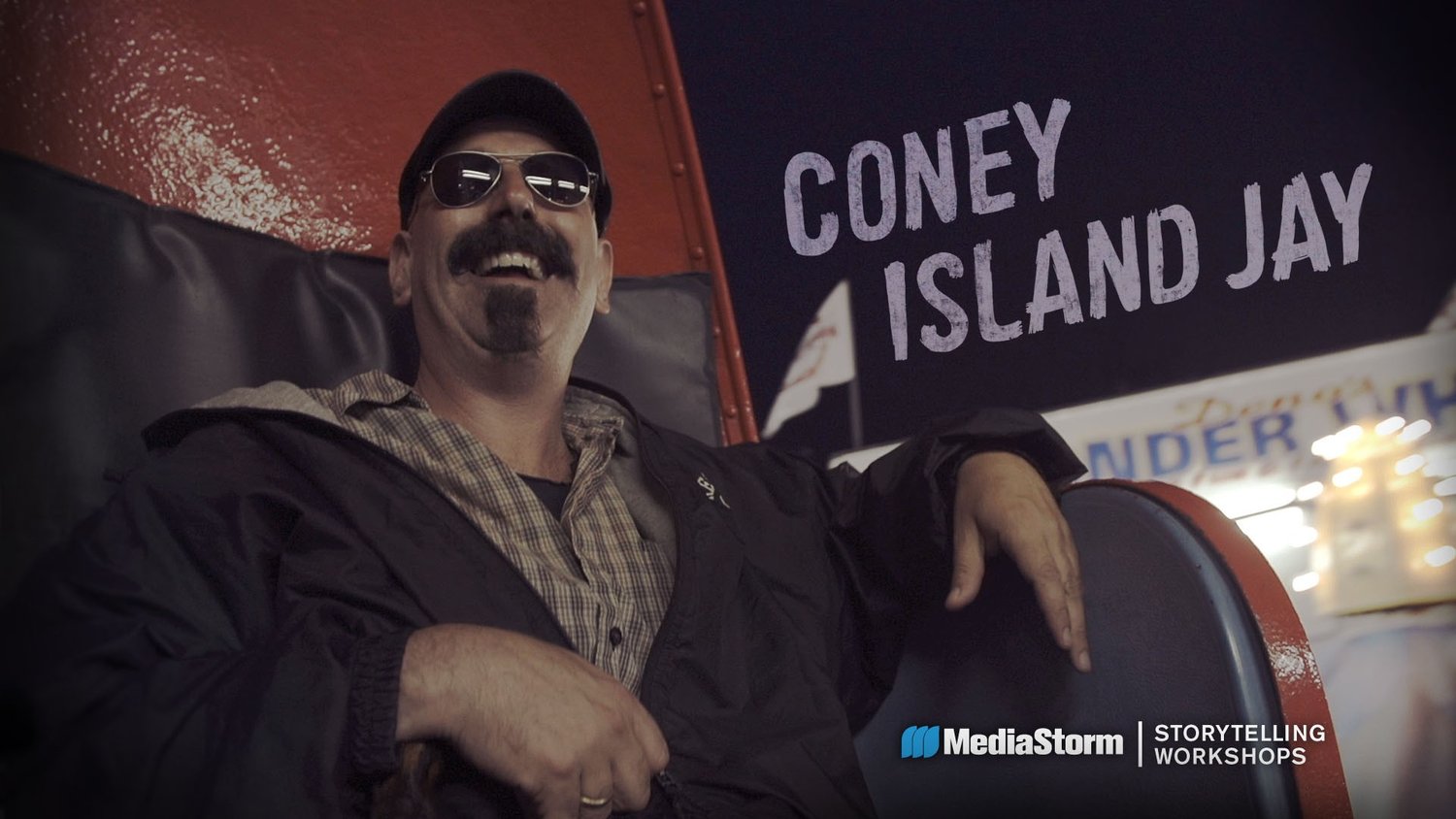
Jay Singer has been in love with one Brooklyn neighborhood his entire life. He grew up there, pined for it when he was forced to leave and returned when he couldn’t stand to be away. “Coney Island Jay” really loves Coney Island.

Tim Obert has been a commercial fisherman since he was 12. But regulations aimed at saving whales and salmon in California leave him struggling to find balance between his dream, his family’s needs and the industry he loves.

Kryssy Kocktail grew up in troubled family and, as an adult, followed the mythic path of joining the circus. Amid the lights and energy of the Coney Island Circus Sideshow, she has found something that she never dreamed would be hers.

One evening, David Sheets read a story about a new basketball arena proposed for his neighborhood. Then he realized the plans were drawn right over his house. Hold Out is the story of a few neighbors who haven't been very easily dislodged.

Joe Soll has spent half of his life searching for his birth parents, in the process he uncovered a mystery that’s haunted him for years.

Diana Ortiz spent over half her life in prison for a crime she committed when she was a teenager. Now 45, she has turned her life around and works to help other inmates rebuild their lives. Exodus is her story.
Additional Training Products
MediaStorm's award-winning team of producers and cinematographers lead online training videos with lessons learned from their experience producing films and training groups and organizations around the world.
Developed over seven years and more than 100 projects, our downloadable post-production workflow covers every phase of editing, from organizing assets through outputting final projects and archiving.
Available for iPad on iTunes, the MediaStorm Field Guide outlines fundamental concepts for gathering multimedia content in the field for documentary films.
MediaStorm Project Showcase
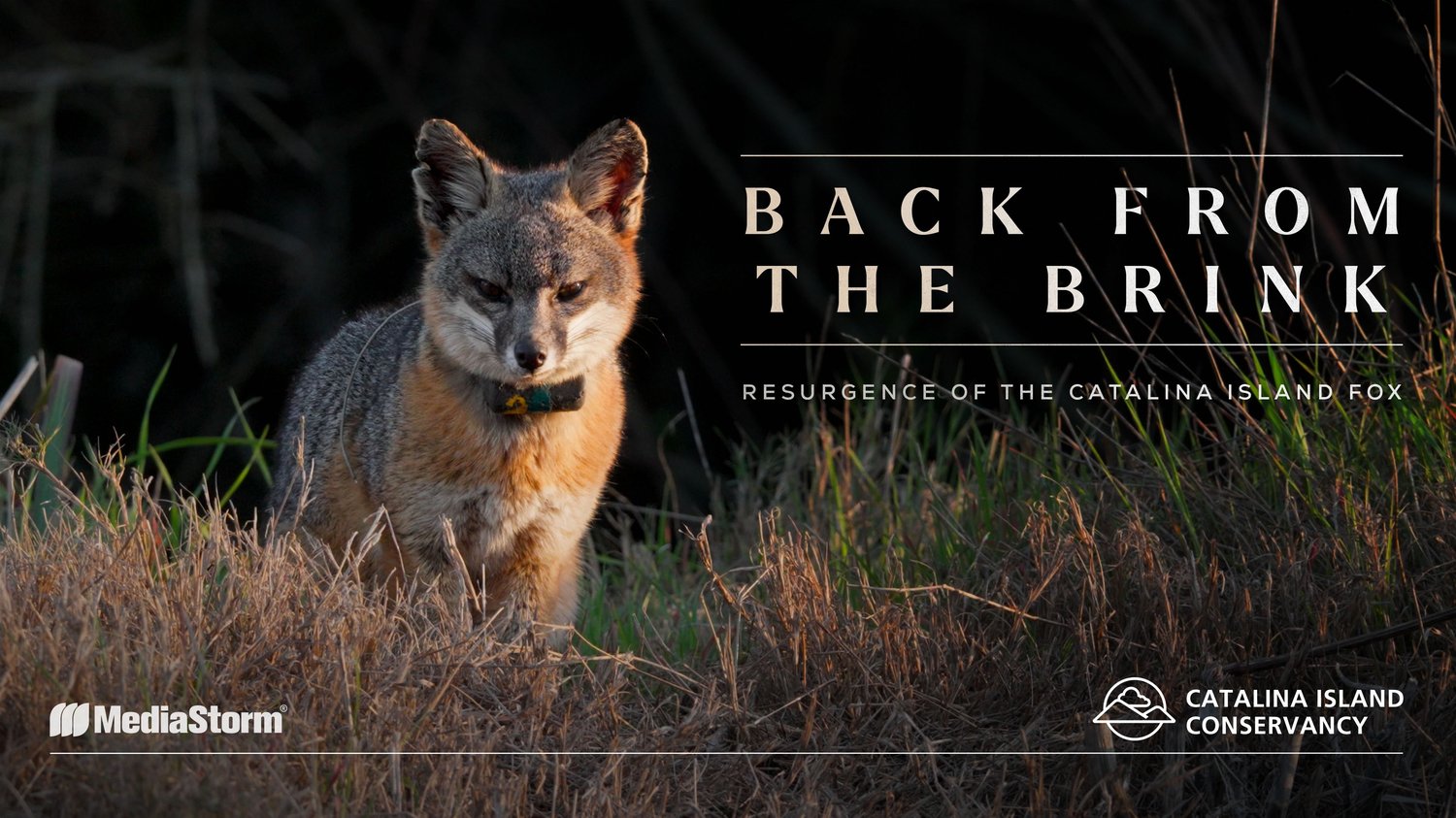
Once teetering on the brink of extinction, the Santa Catalina Island Fox made a dramatic recovery. Its resurgence marks one of the greatest conservation success stories in United States history.
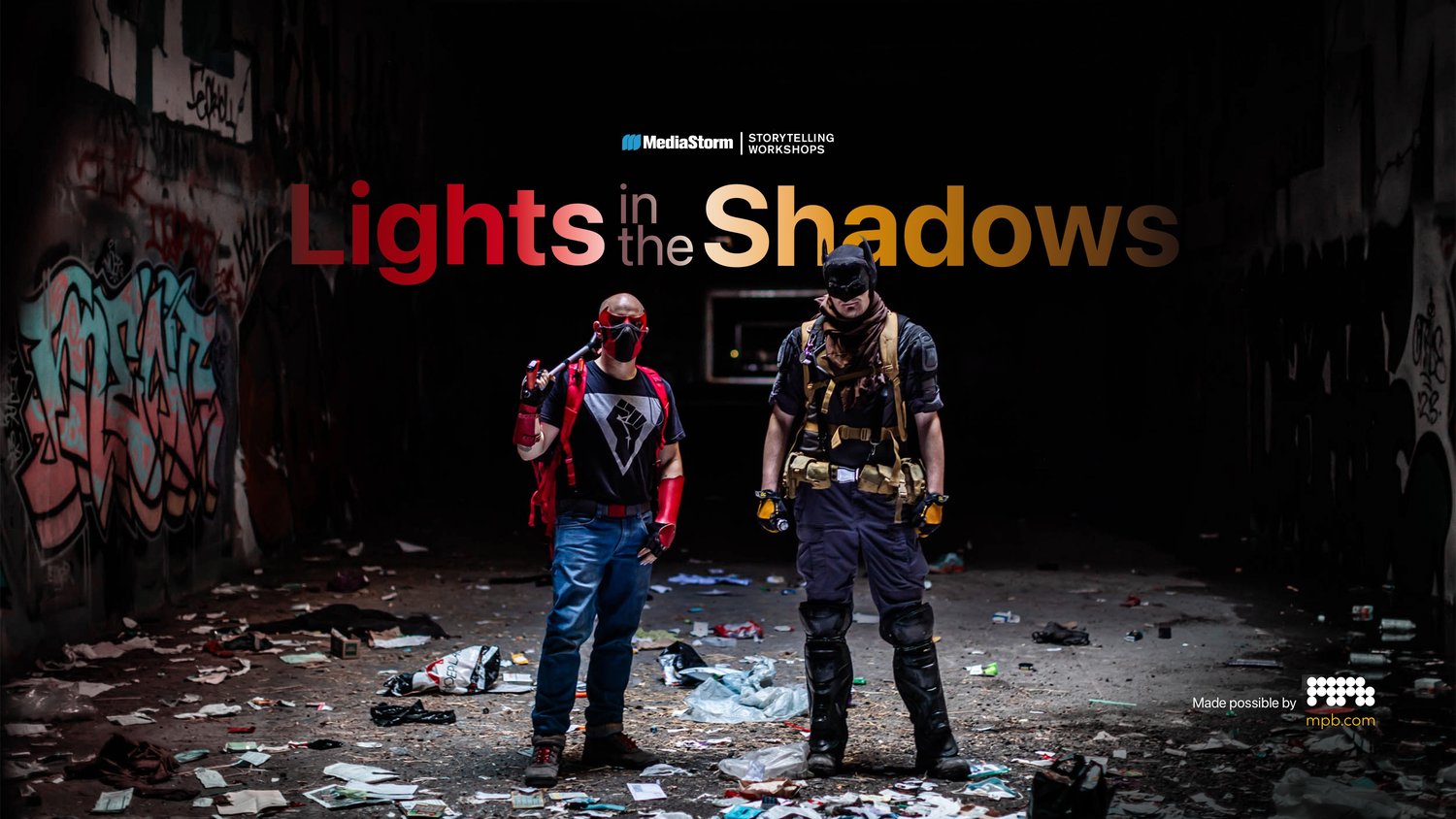
In the shadow of Silicon Valley’s booming technology industry, a growing number of people remain out in the cold. Skyrocketing housing prices in America’s hub of innovation have pushed many onto the streets, straining policymakers to find solutions to a homelessness problem that impacts everyone in the community.
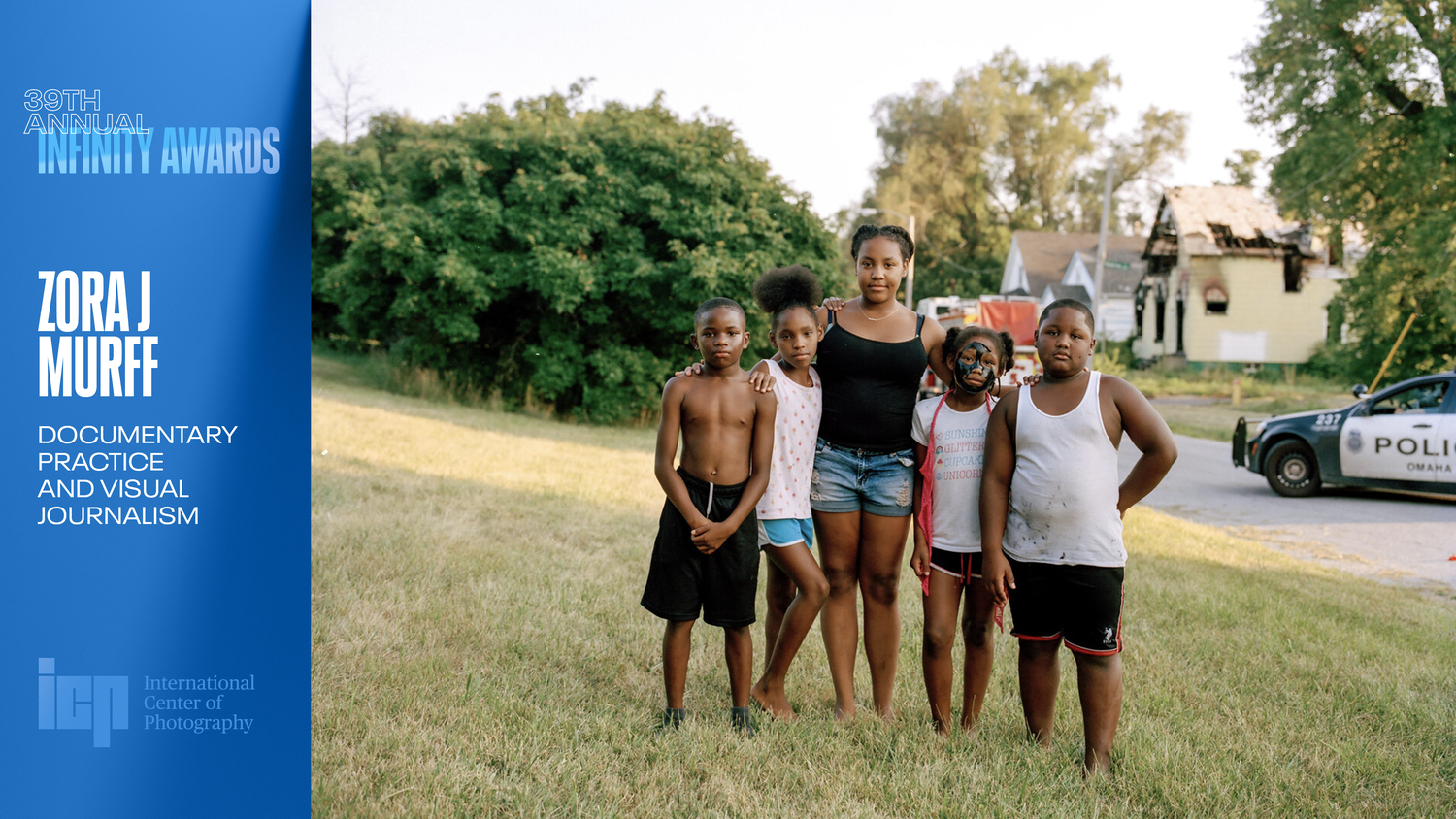
This page recognizing Zora J Murff for ICP’s 2023 Infinity Award for Documentary Practice and Visual Journalism features a film about his life, a slideshow of his projects and extra clips of his thoughts about his work and motivation.

Sebastião Salgado says "a good picture, a fantastic picture, you do in a fraction of a second, but to arrive to do this picture, you must put your life in there."
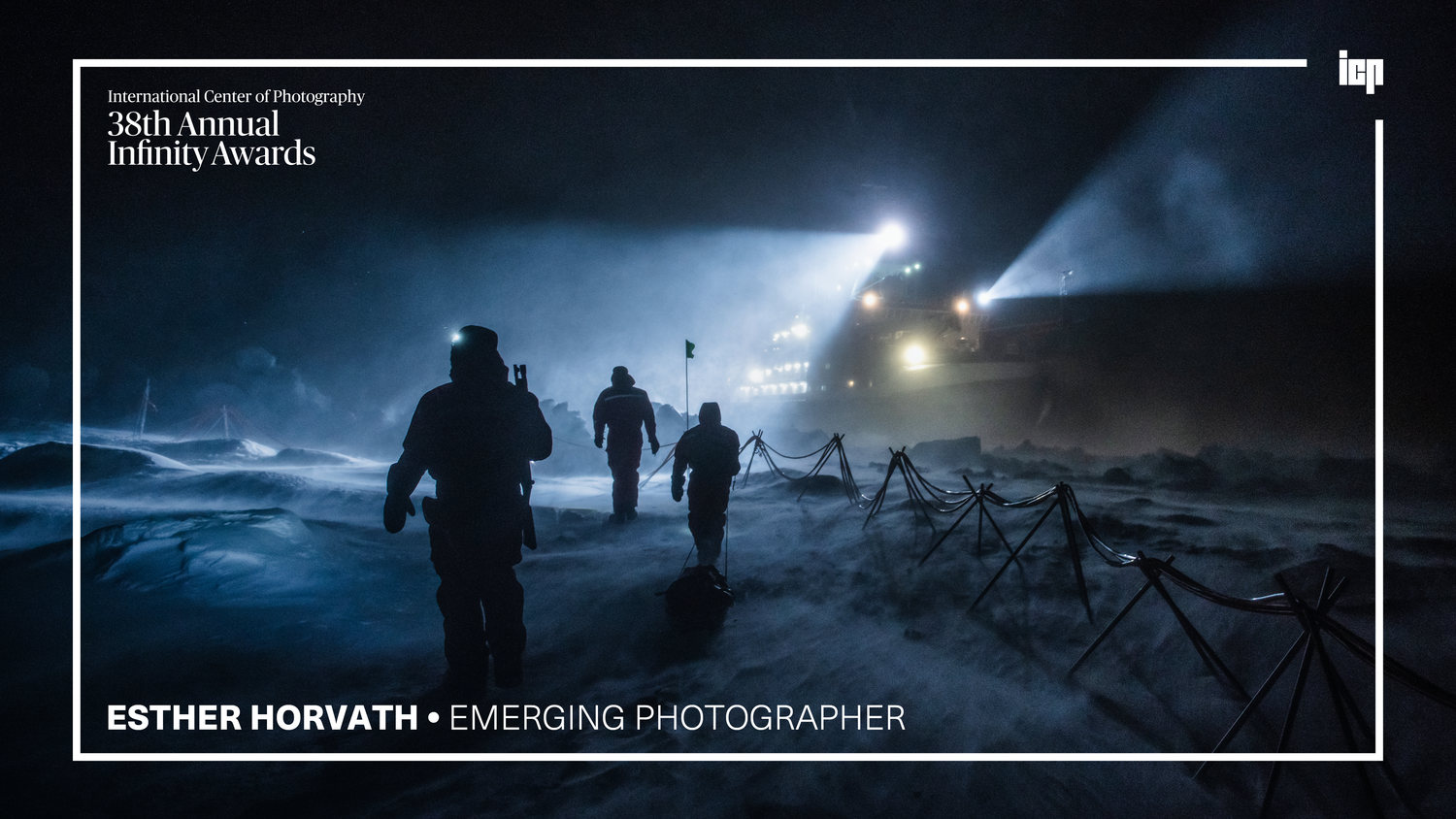
Esther Horvath has sent questions to the universe and she has received answers. She found her calling to tell visual stories that show the full research story behind our climate data.
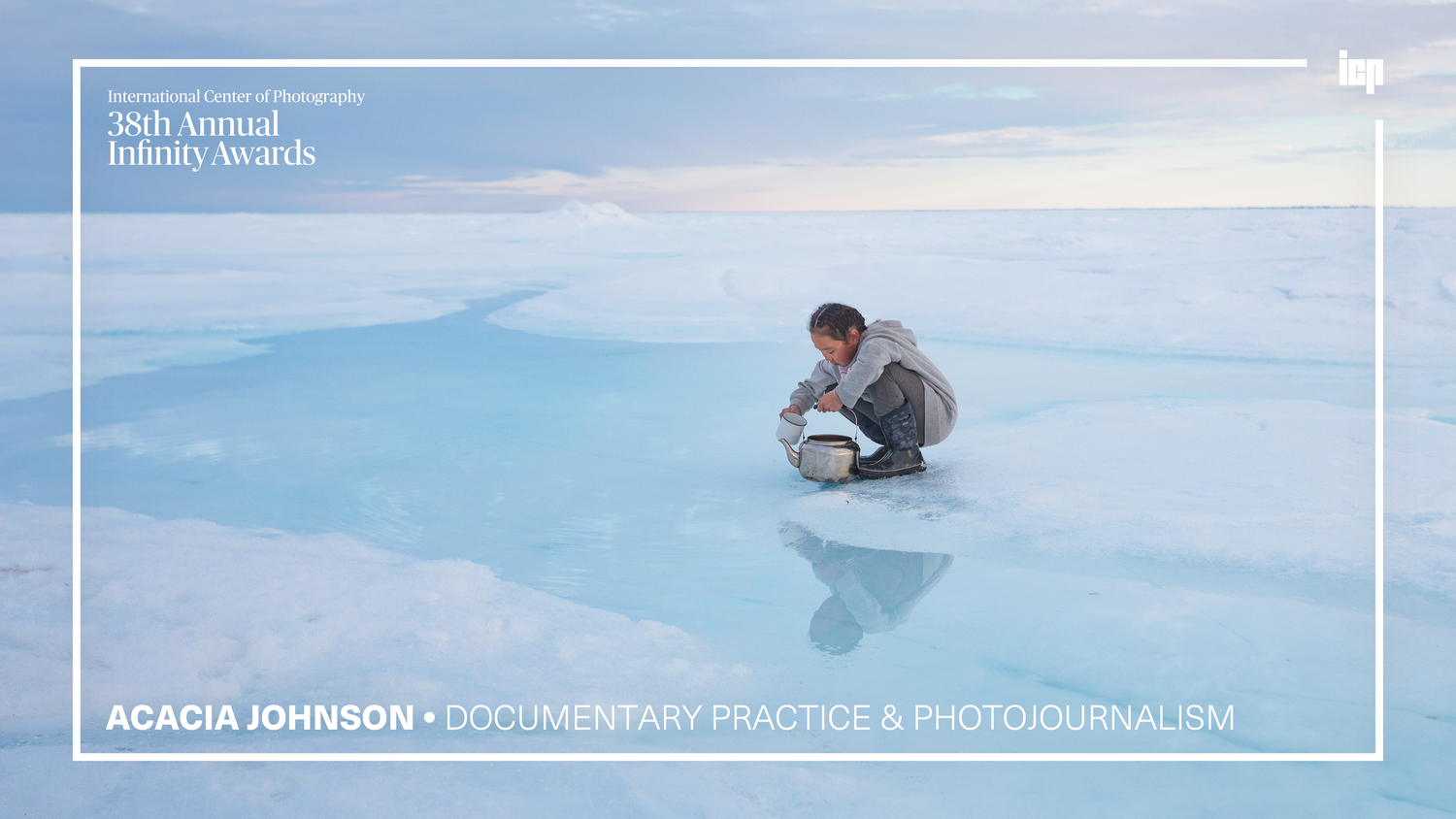
See photographer Acacia Johnson’s growth from her earliest explorations of Alaskan landscapes to a National Geographic cover for a documentary project among indigenous people of the Arctic.
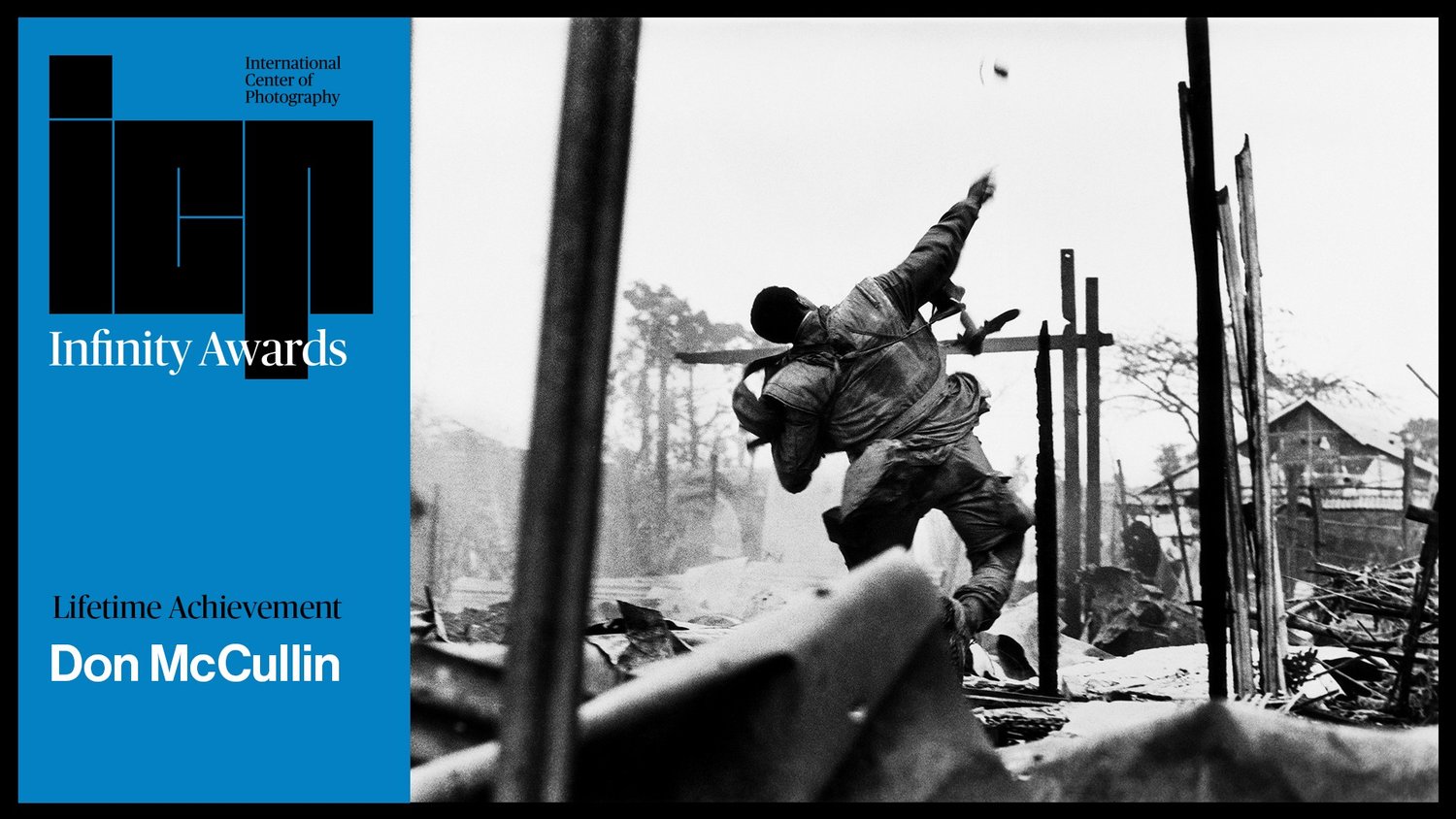
Sir Don McCullin never intended to become a photographer. He found it hard to believe he’d ever escape the poverty of North London. But a spur of the moment photograph launched McCullin into a career spanning 50 years in photography.
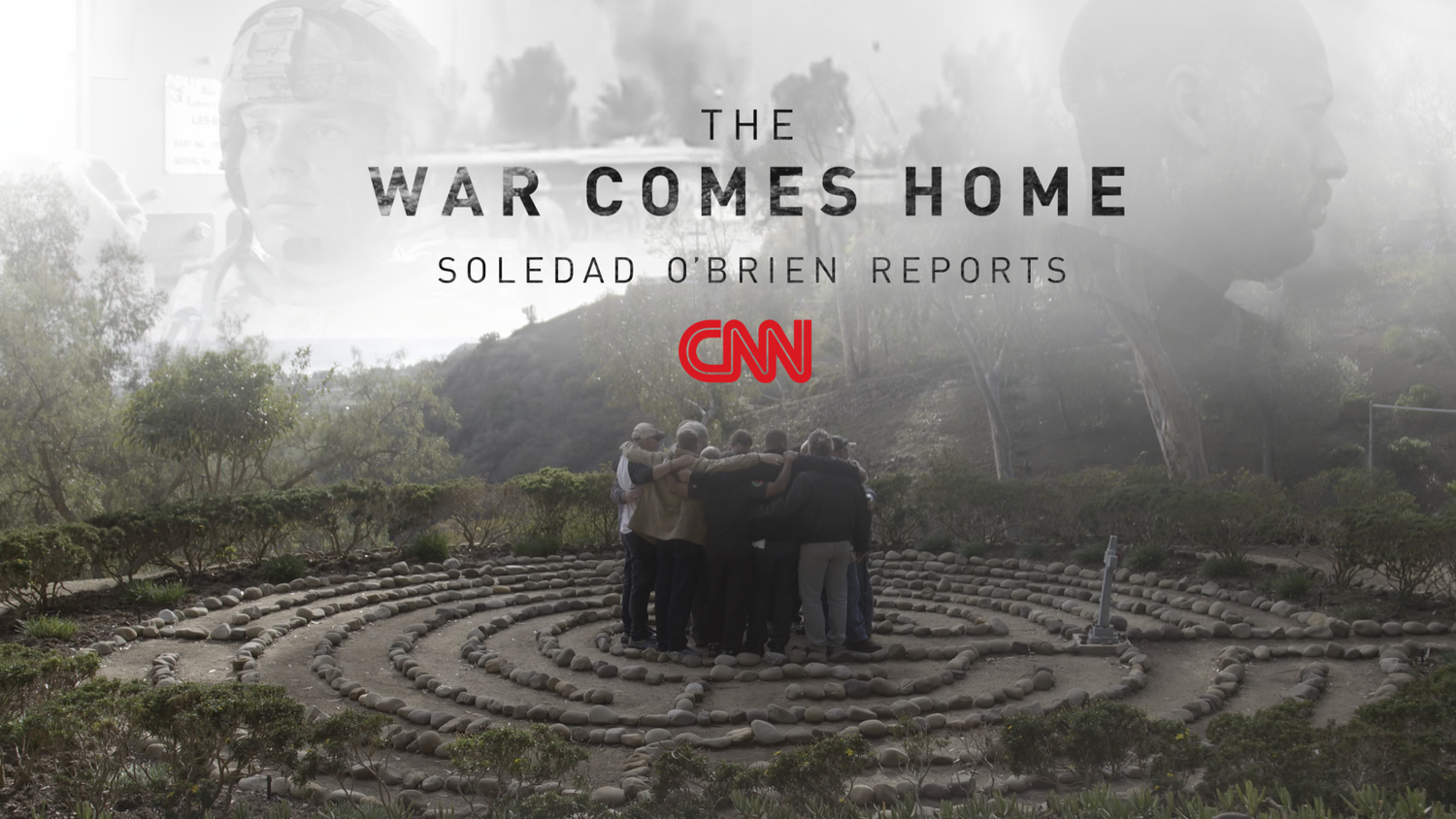
As the U.S. prepares for the final drawdown of soldiers from the conflicts in Iraq and Afghanistan, Soledad O’Brien and MediaStorm take an intimate look at two veterans as they struggle with the transition from war to home.
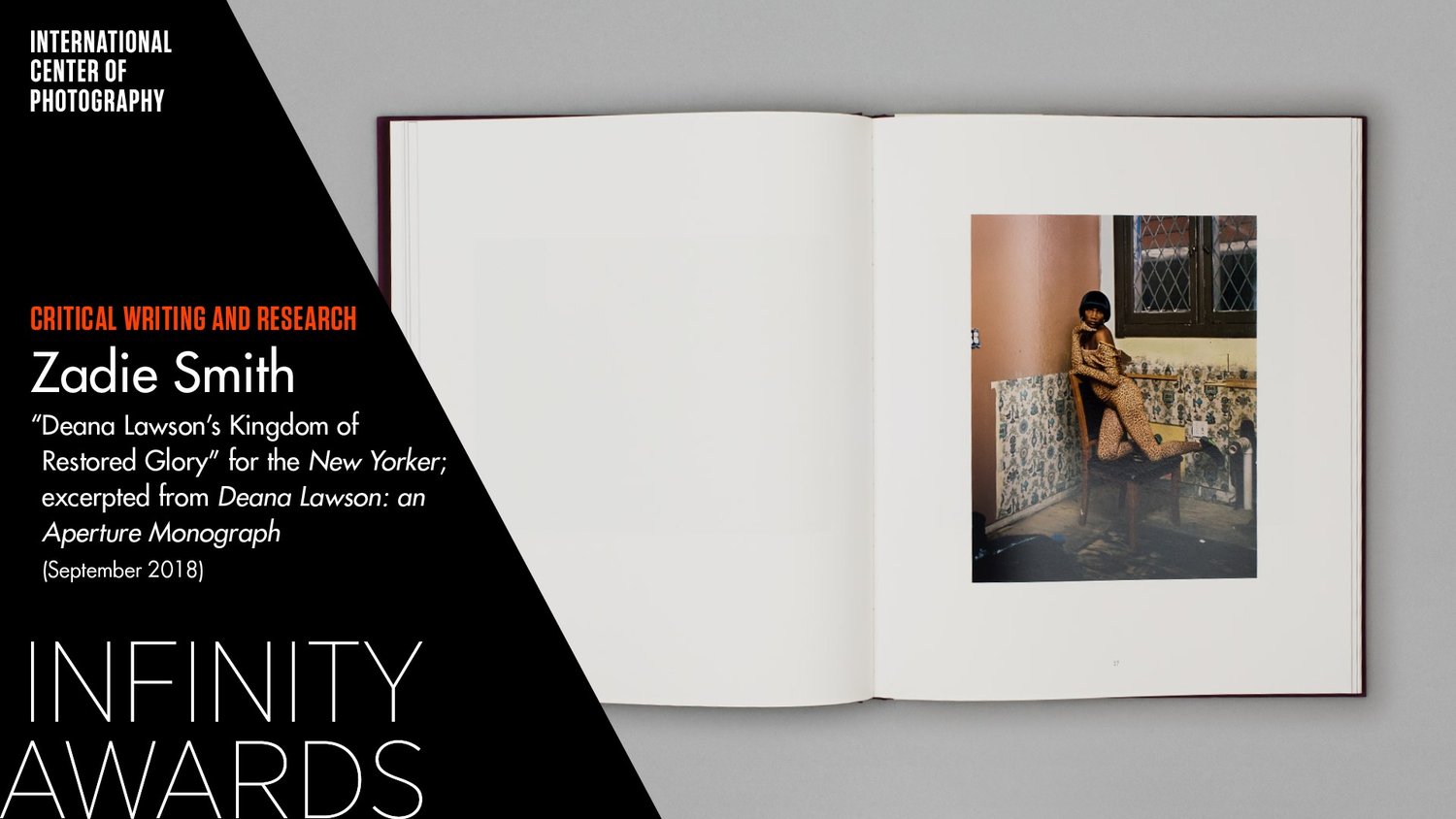
Writer Zadie Smith pays homage to photographer Deana Lawson in the artist’s first Monograph for Aperture.

As a formerly incarcerated person, Michael struggled for work, and found purpose in being a husband, father, and activist. But 7 years since his release from prison, the cost of Michael’s activism is evident.
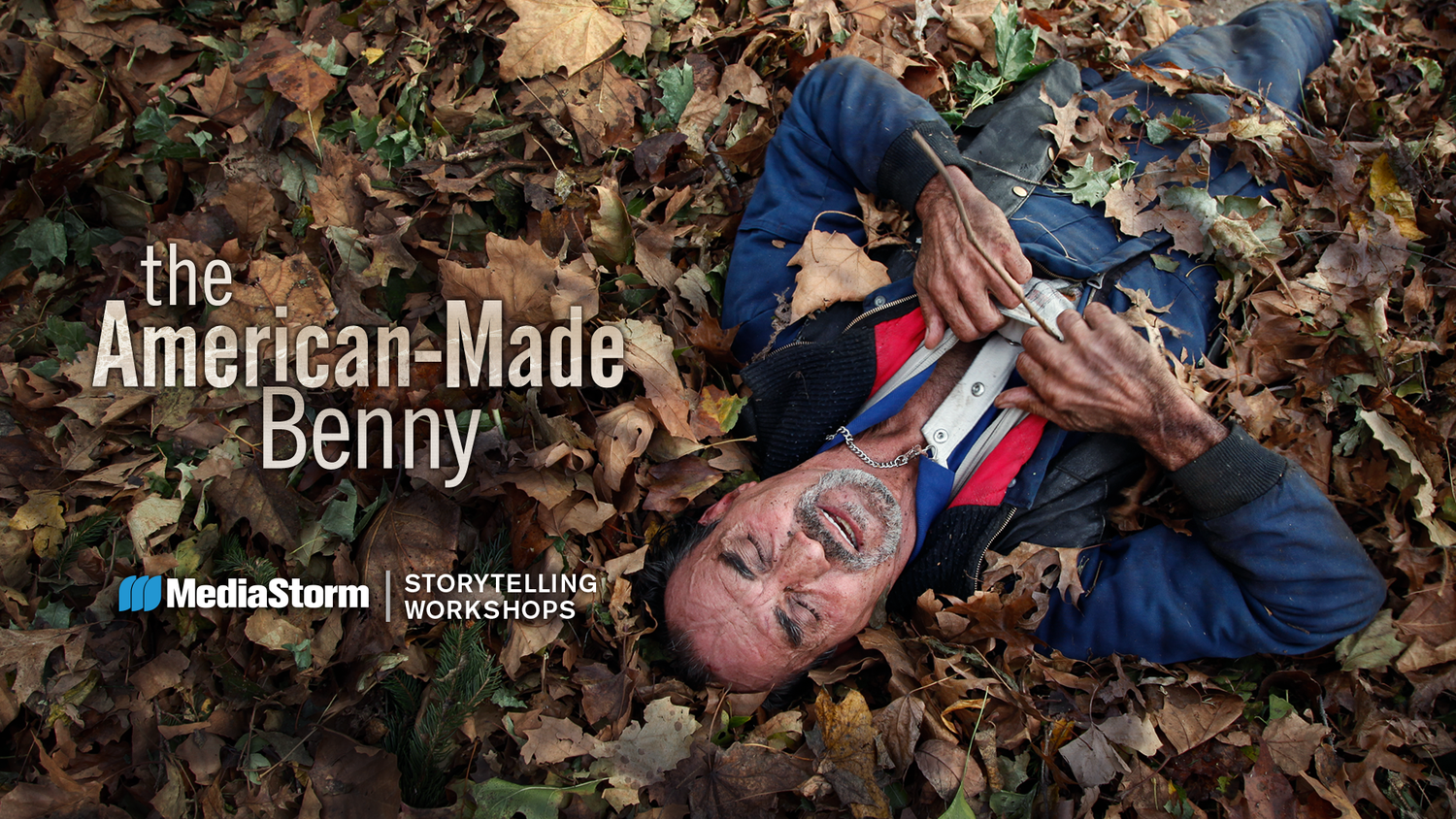
Benny is a “certified” garbologist. He collects what others throw away. Benny is also at war with his family. Here is a man sharing a house with his wife but living as a stranger. This is a household on the edge.
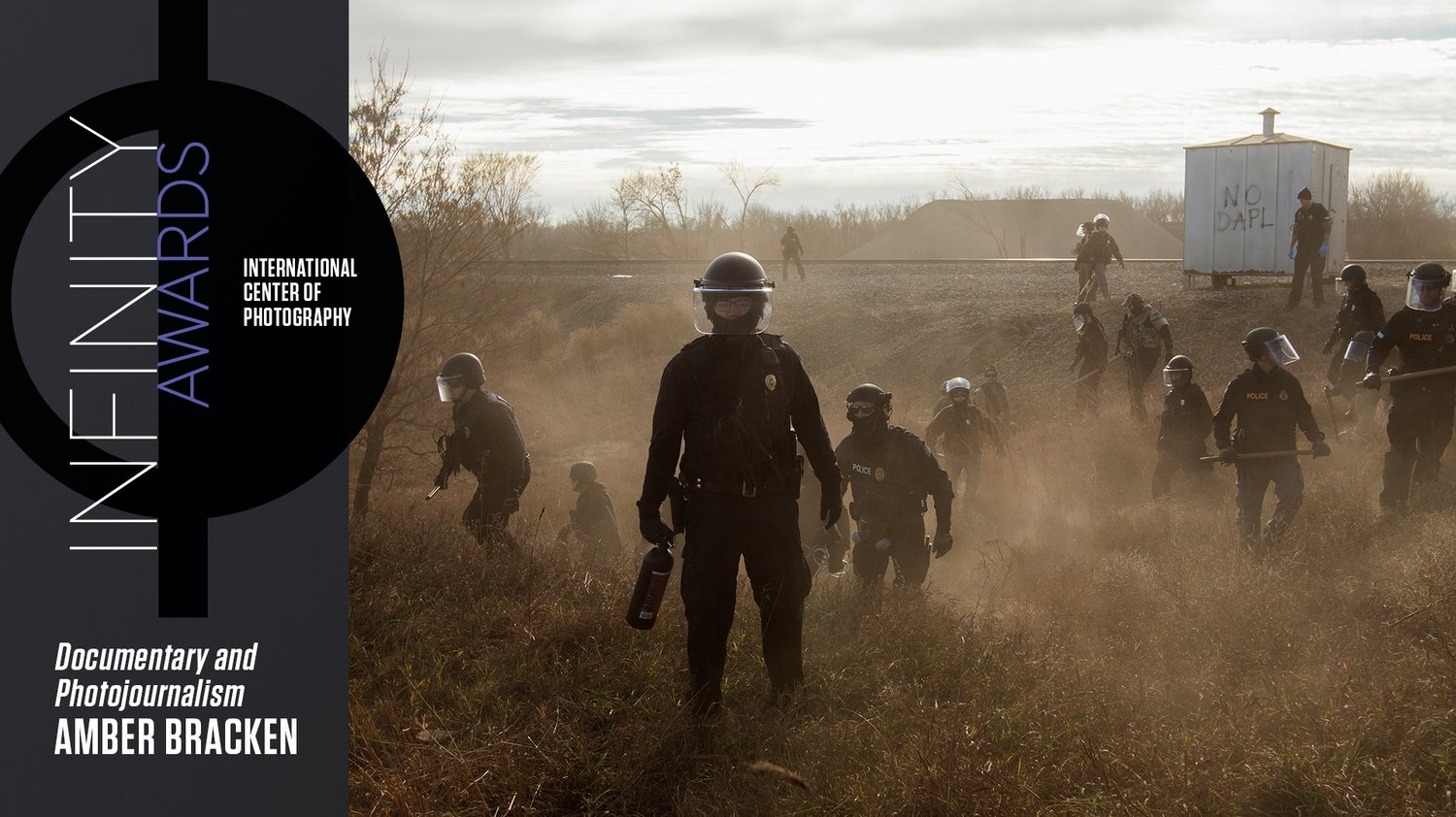
Photographer Amber Bracken recognized something deeper than a protest was afoot when hundreds of tribes gathered at the Standing Rock reservation in opposition to the Dakota Access Pipeline.
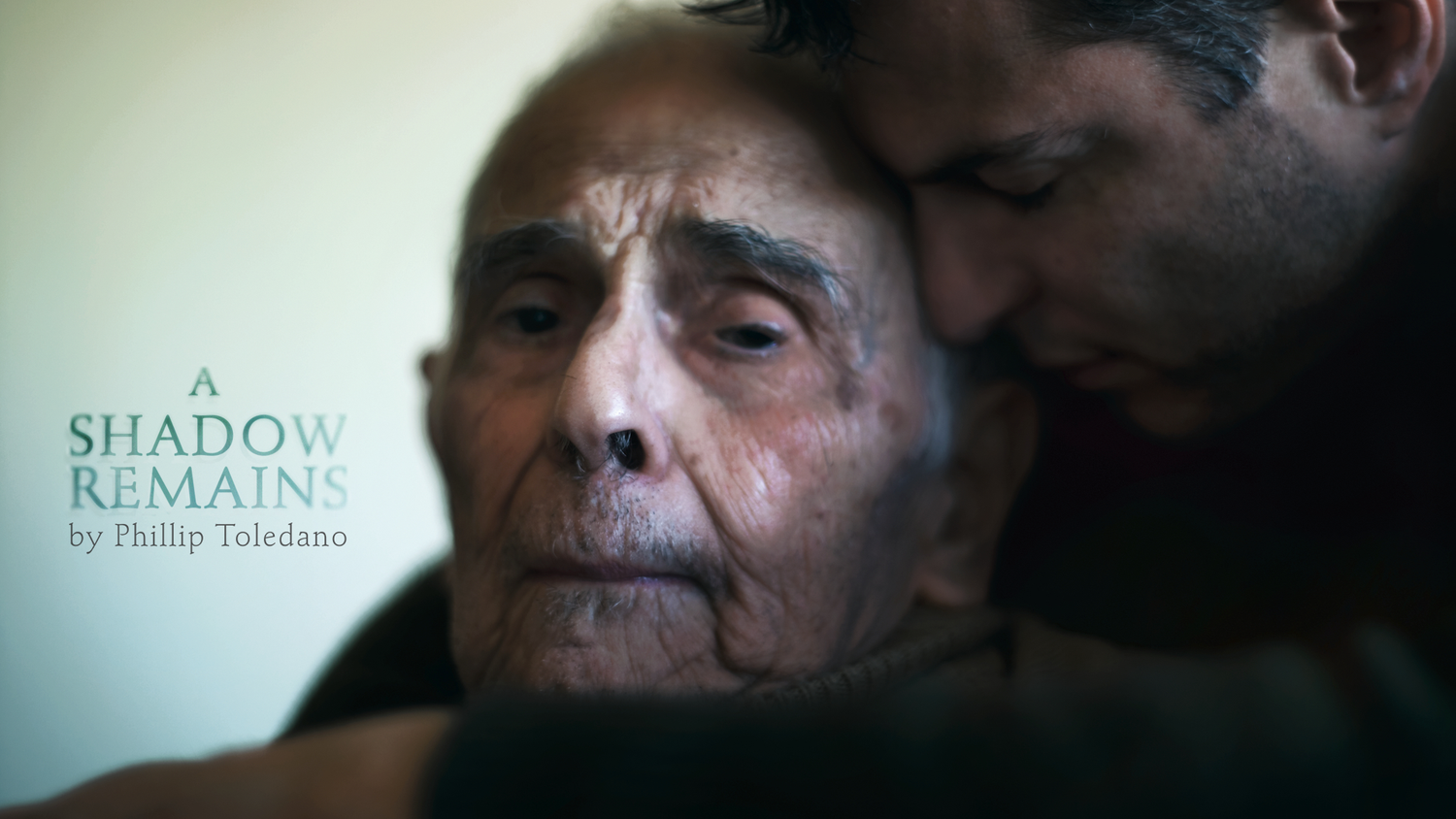
How does the death of a child change a parent? How does the death of a parent change a child? How do these moments change us as we develop and grow further away from who we were as children?
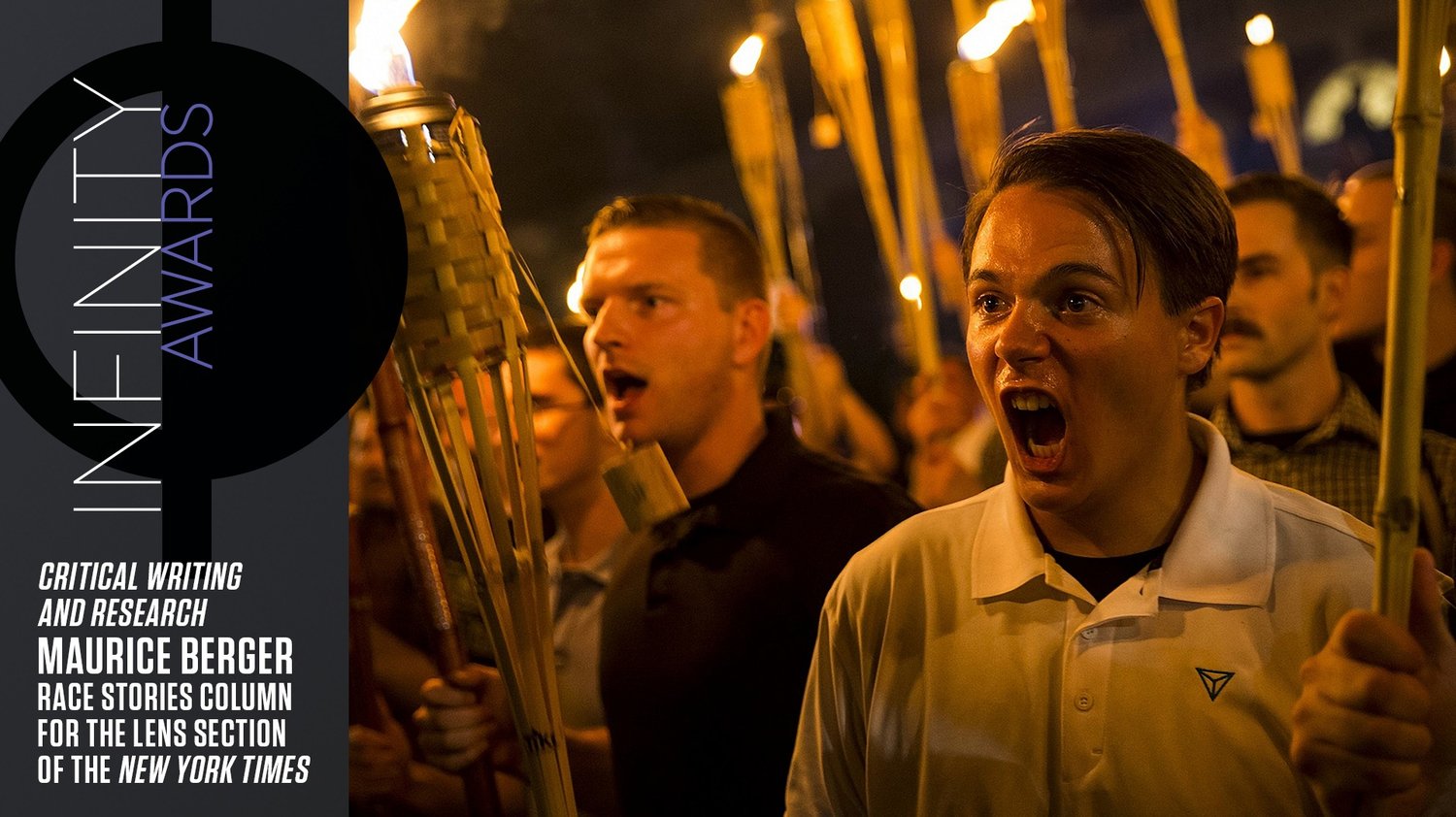
Maurice Berger–cultural historian, and columnist for the New York Times’ Race Stories–has spent his career studying and teaching racial literacy through visual literacy.
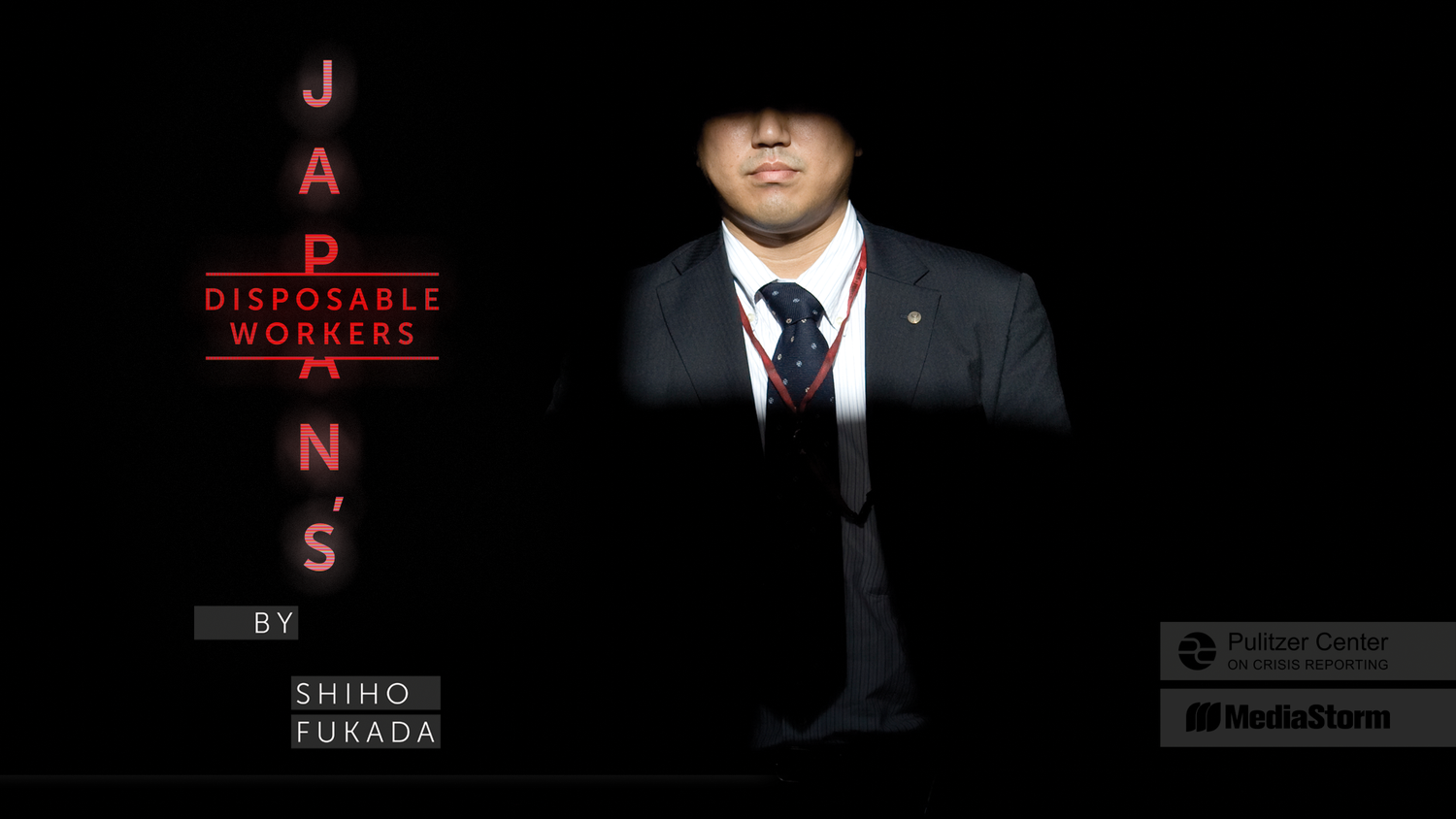
Japan’s Disposable Workers examines the country’s employment crisis: from suicide caused by overworking, to temporary workers forced by economics to live in internet cafes, and the elderly who wander a town in search of shelter and food.

Karl Ove Knausgaard is the celebrated author of a massive six-volume autobiography. But Knausgaard remains confused by the attention. This is a portrait of a man who has achieved massive success yet still considers himself unworthy.
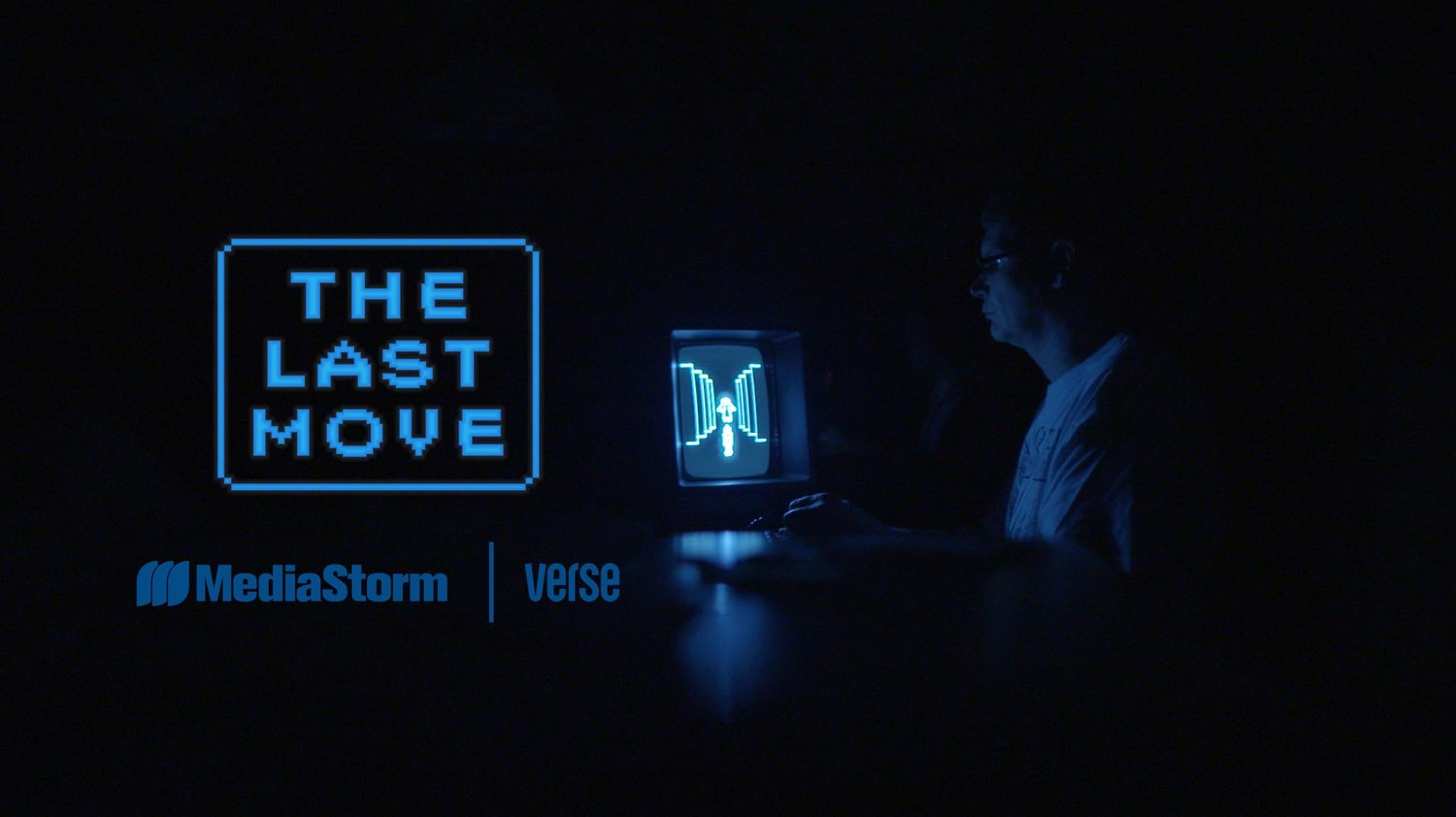
Michael Thomasson has devoted his life to video games. It’s been his passion and his obsession for more than three decades. He owns over 11,000 unique game titles for more than 100 different systems.

A film about Michael Christopher Brown for the 2017 ICP Infinity Awards.
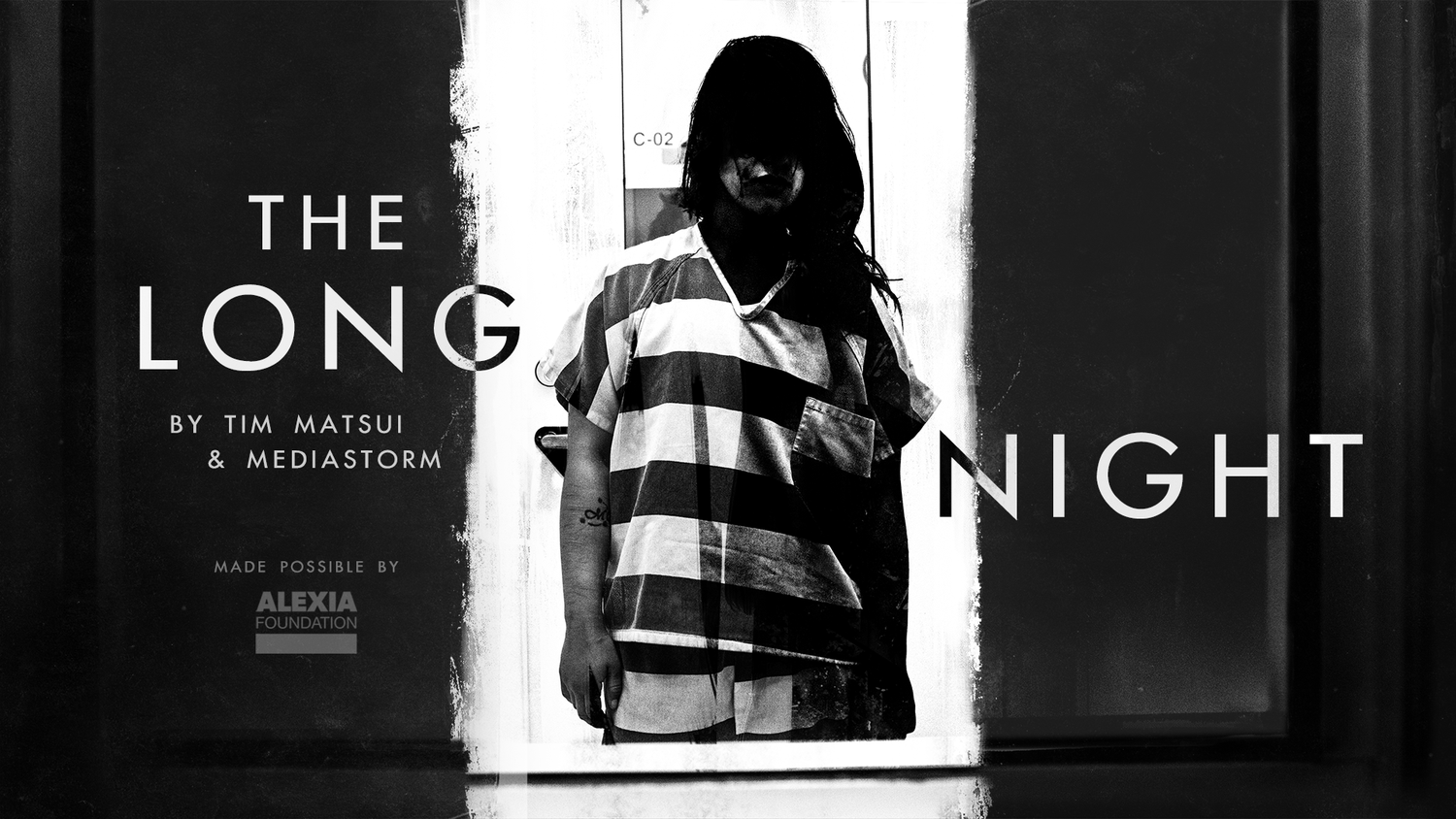
The Long Night, a feature film by Tim Matsui and MediaStorm, gives voice and meaning to the crisis of minors who are forced and coerced into the American sex trade.
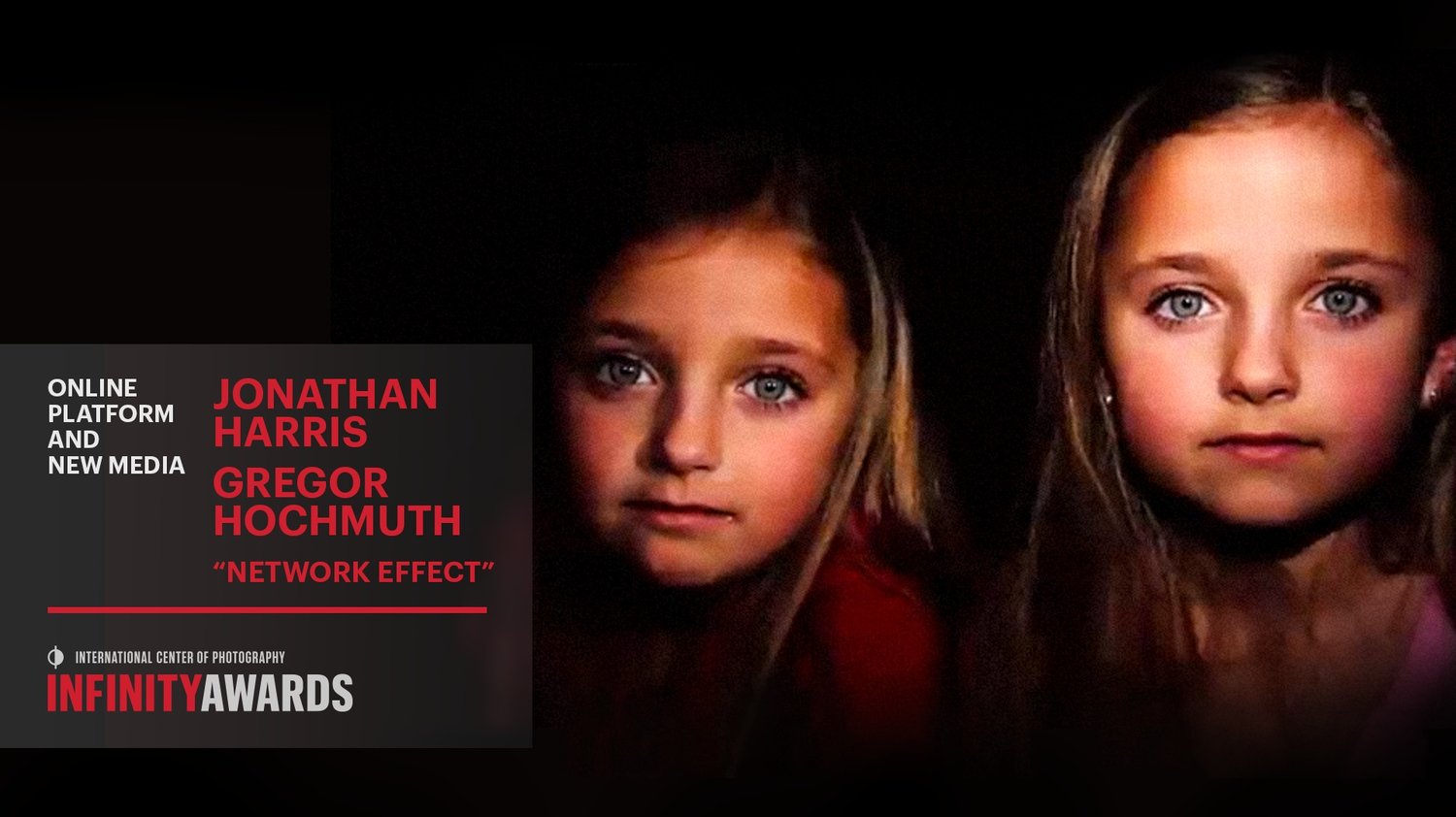
Jonathan Harris and Greg Hochmuth have a complicated relationship with the internet and have worked together to develop an artwork that explored some of the more difficult consequences of what it means to live with the internet.
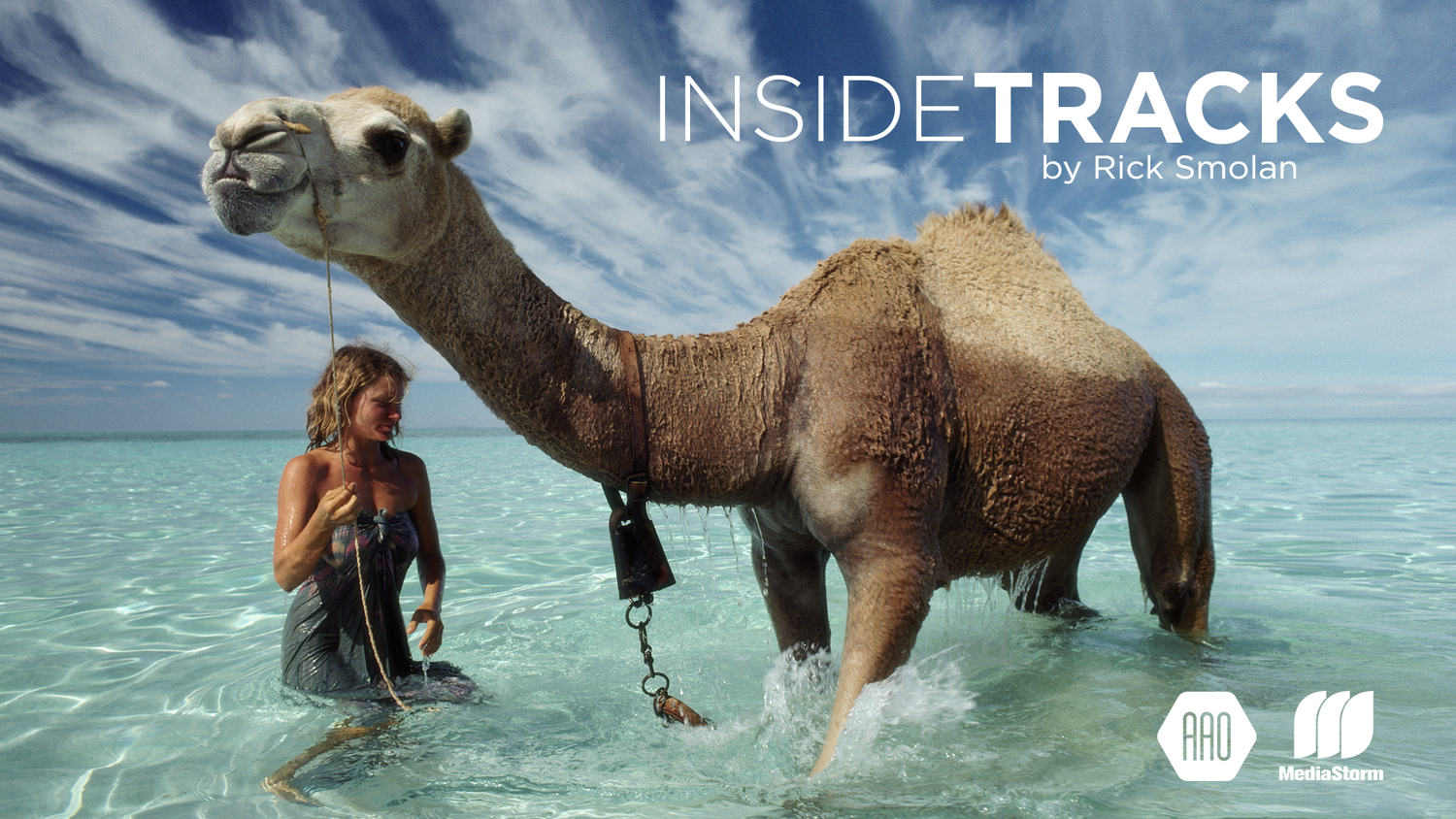
In 1977, Robyn Davidson walked 1,700 miles across the Australian outback. National Geographic sent Rick Smolan to photograph her perilous journey—a trek that tested and transformed them, forming an immutable bond that continues to this day.
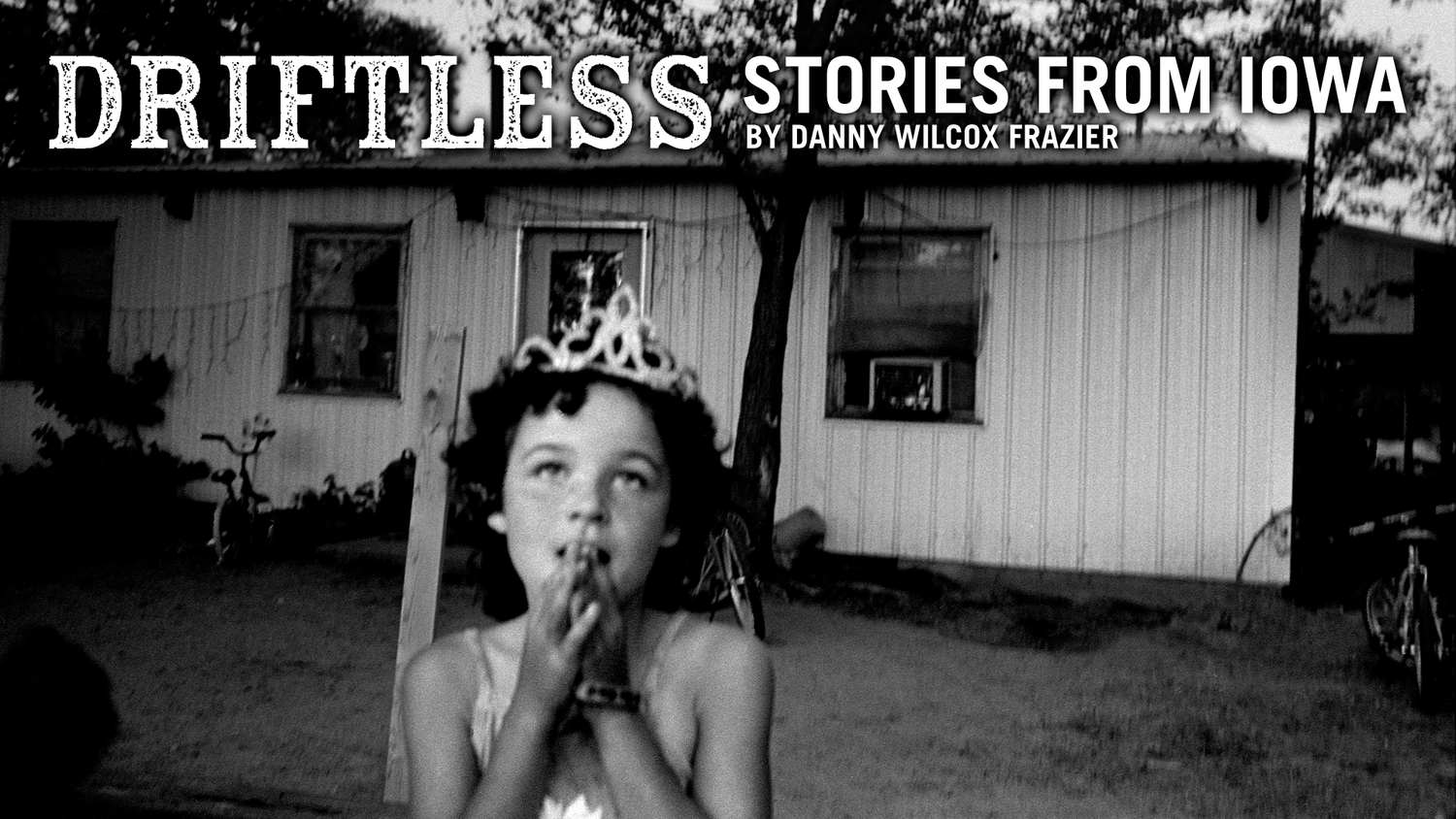
Once at the center of the U.S. economy, the family farm now drifts at its edges. In Iowa, old-time farmers try to hang on to their way of life, while their young push out to find their futures elsewhere. Driftless tells their stories.
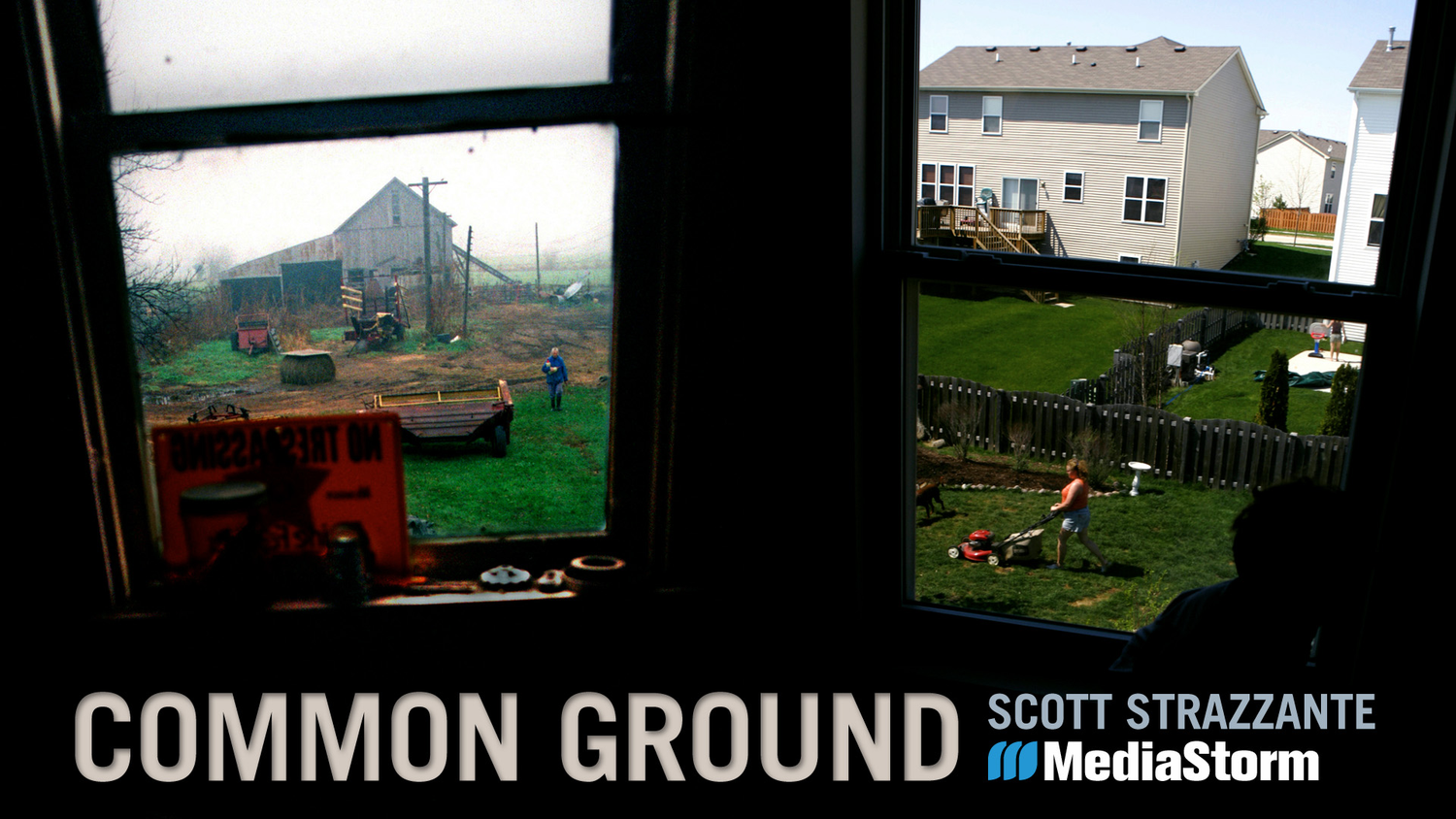
The American family farm gives way to a subdivision - a critical cultural shift across the U.S. Common Ground is a 27-year document of this transition, through the Cagwins and the Grabenhofers, two families who love the same plot of land.
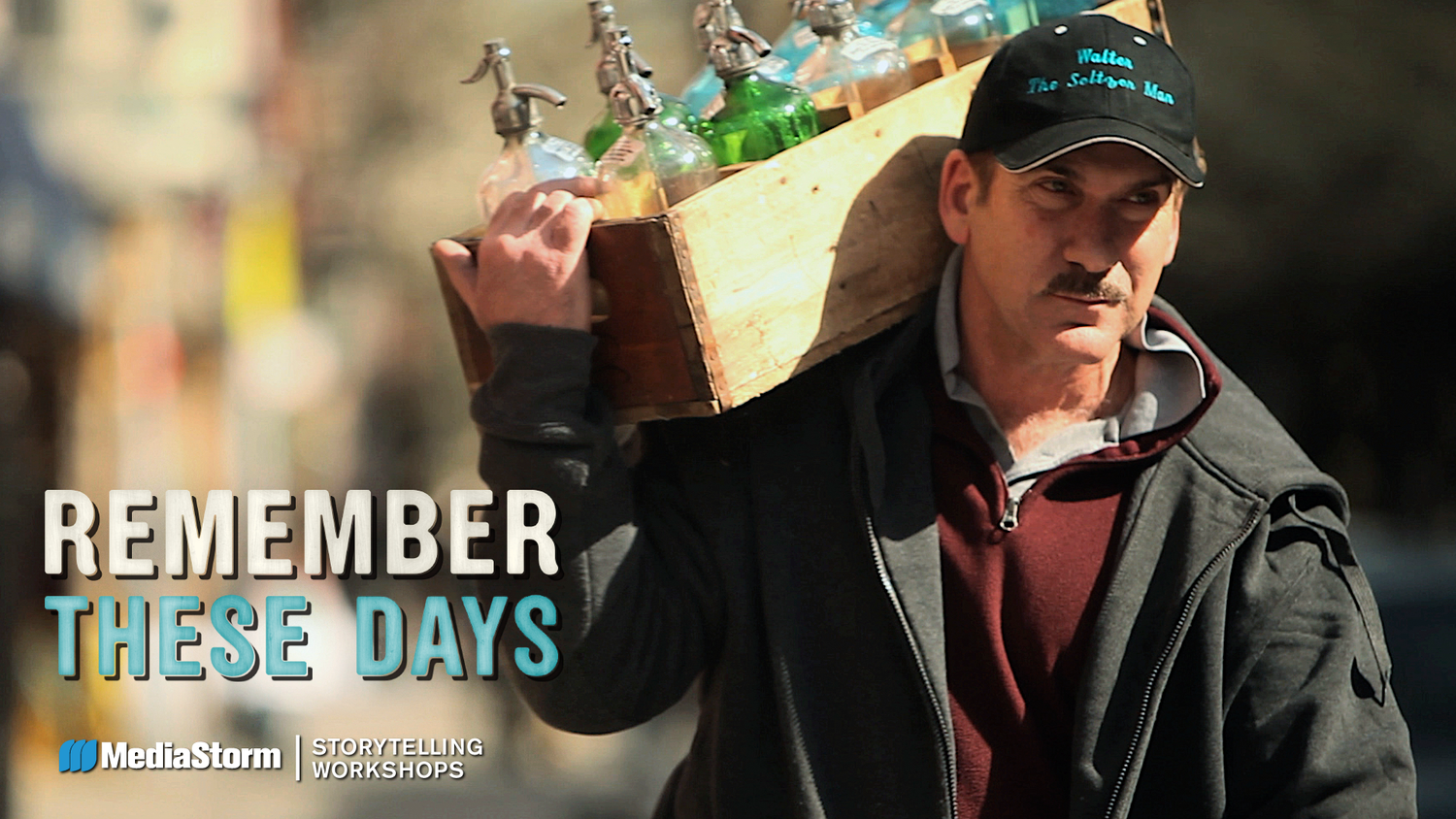
For Walter Backerman, seltzer is more than a drink. It’s the embodiment of his family. As a third generation seltzer man, he follows the same route as his grandfather. But after 90 years of business, Walter may be the last seltzer man.
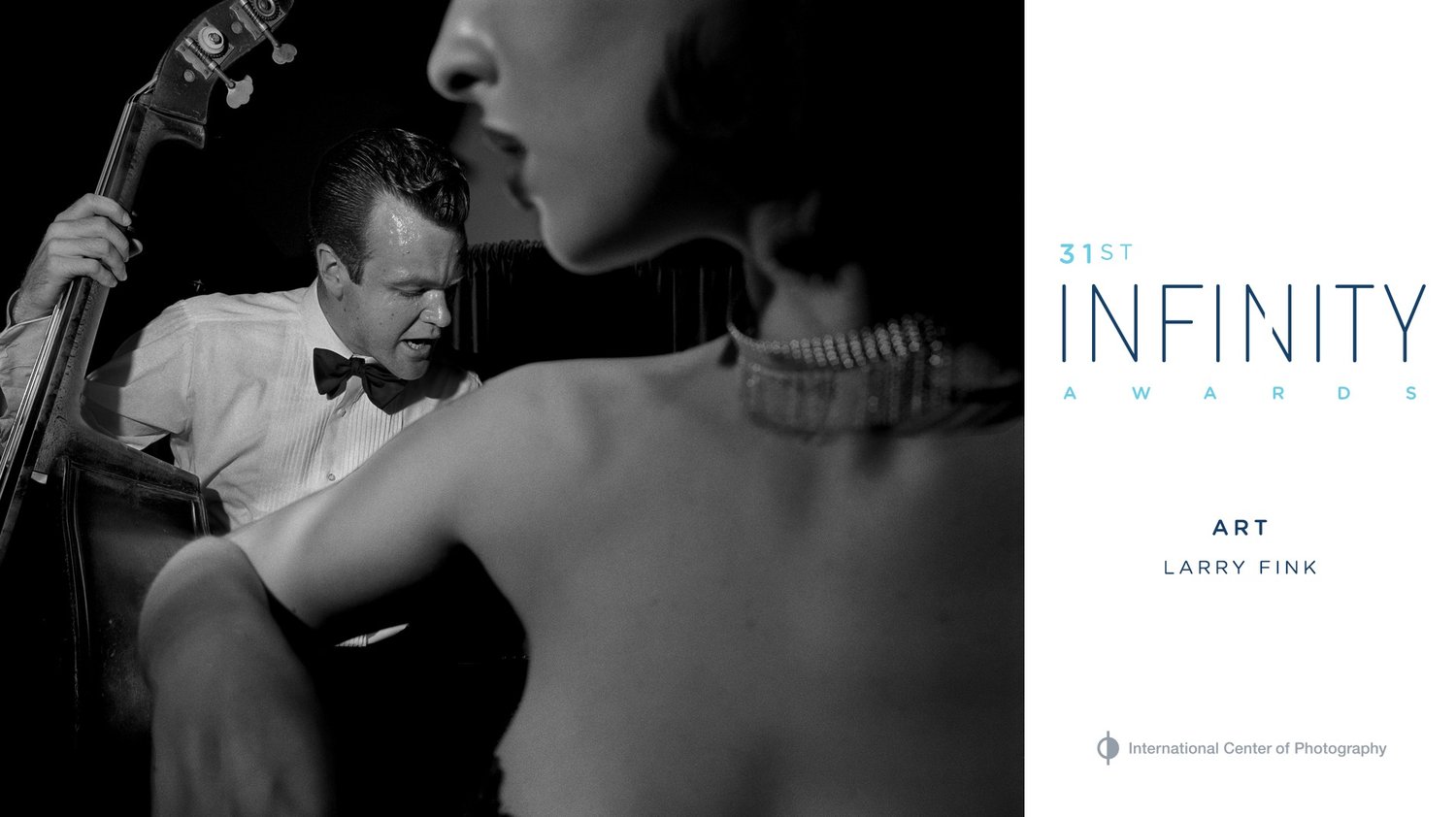
Larry Fink has spent over 40 years photographing jazz musicians, wealthy manhattanites, his neighbors, fashion models, and the celebrity elite. His archive is a thoughtful collection of American history, and Fink’s experience of it.
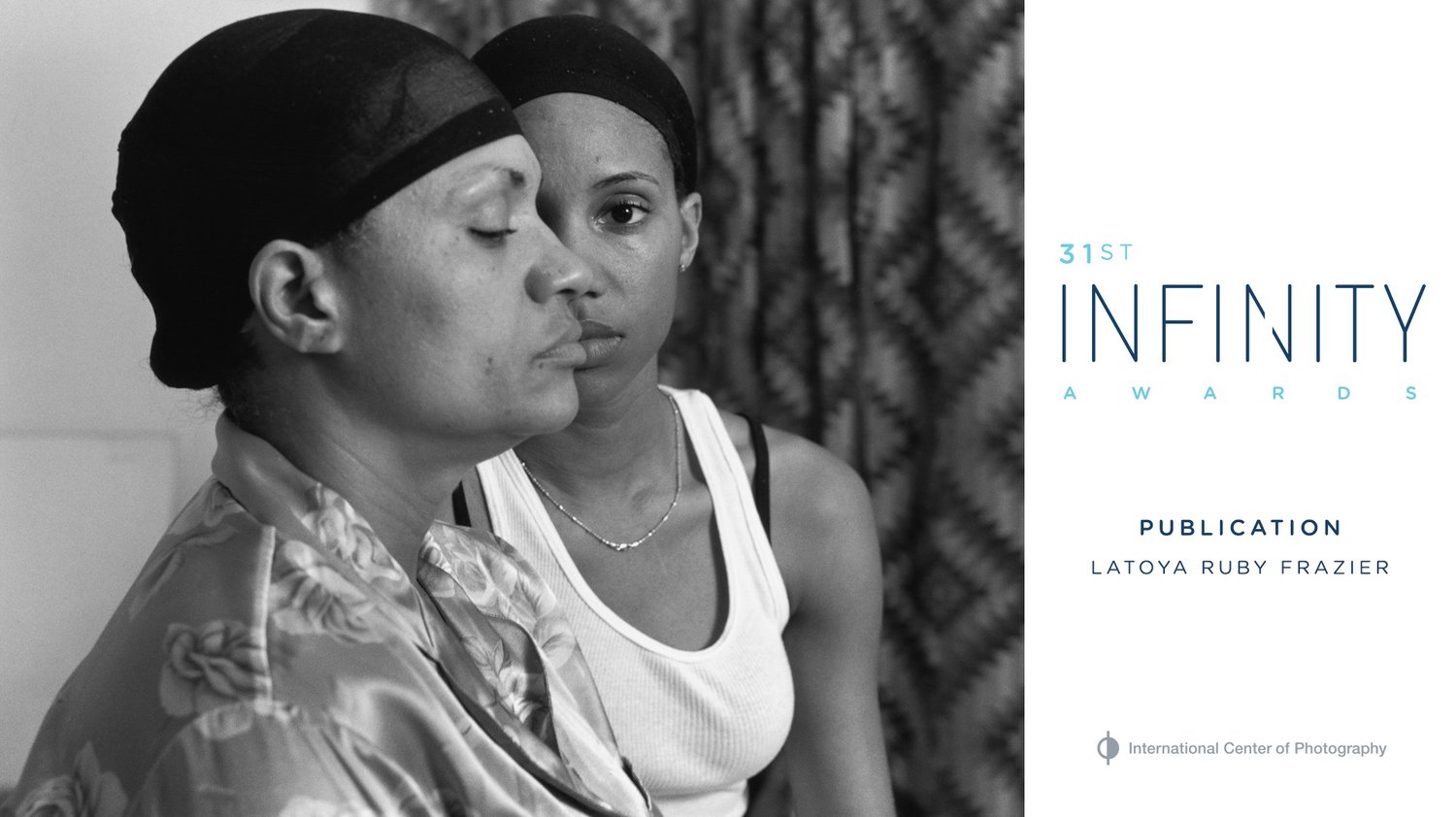
LaToya Ruby Frazier’s body of work “The Notion of Family” examines the impact of the steel industry and the health care system on the community and her family. Collaborating with her mother and grandmother, she uses her family as a lens to view the past, present and future of the town.
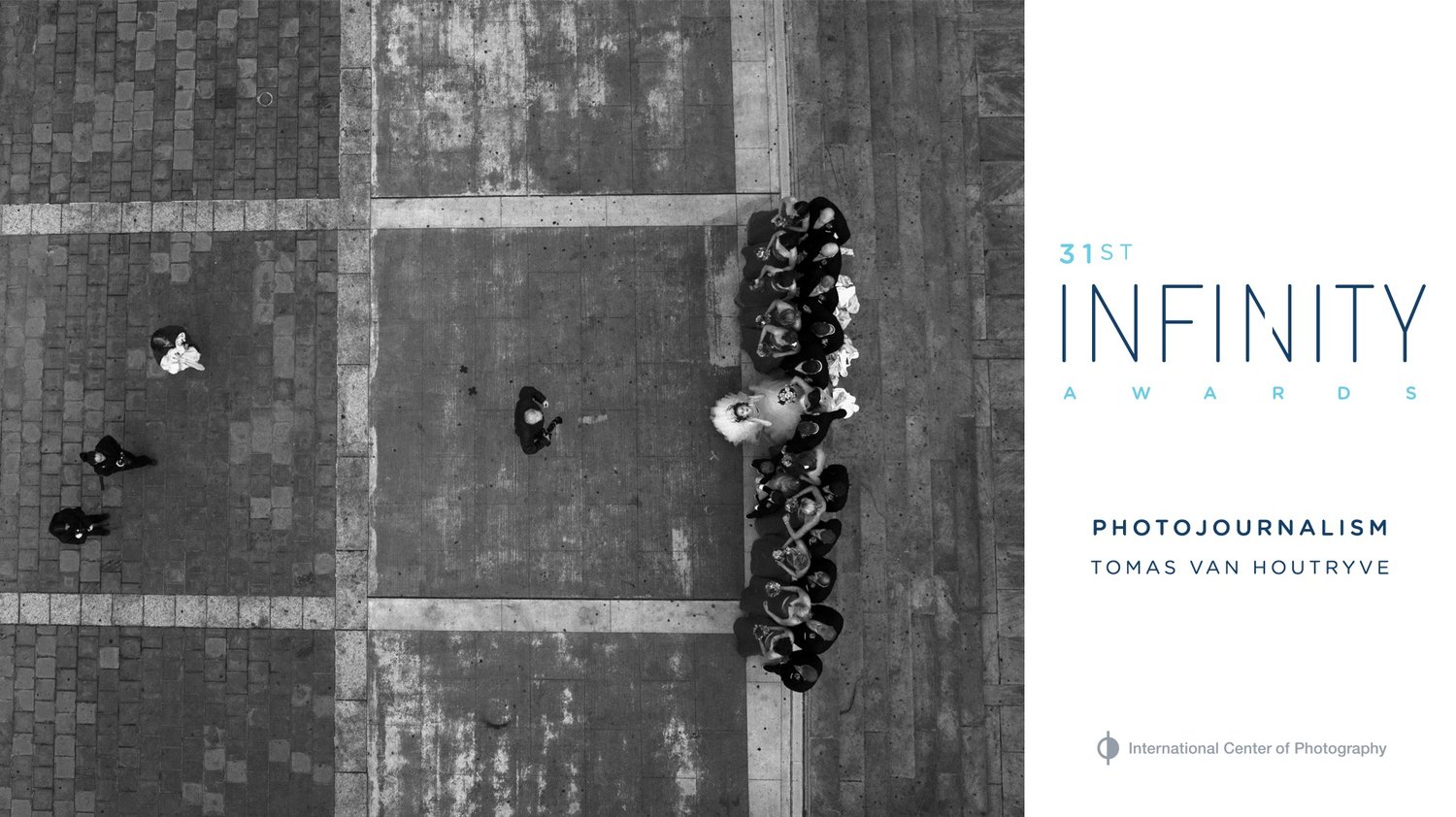
Tomas Van Houtryve wants there to be a permanent visual record of the dawn of the drone age, the period in American history when America started outsourcing their military to flying robots. In order to create this record, Van Houtryve sent his own drone into American skies.
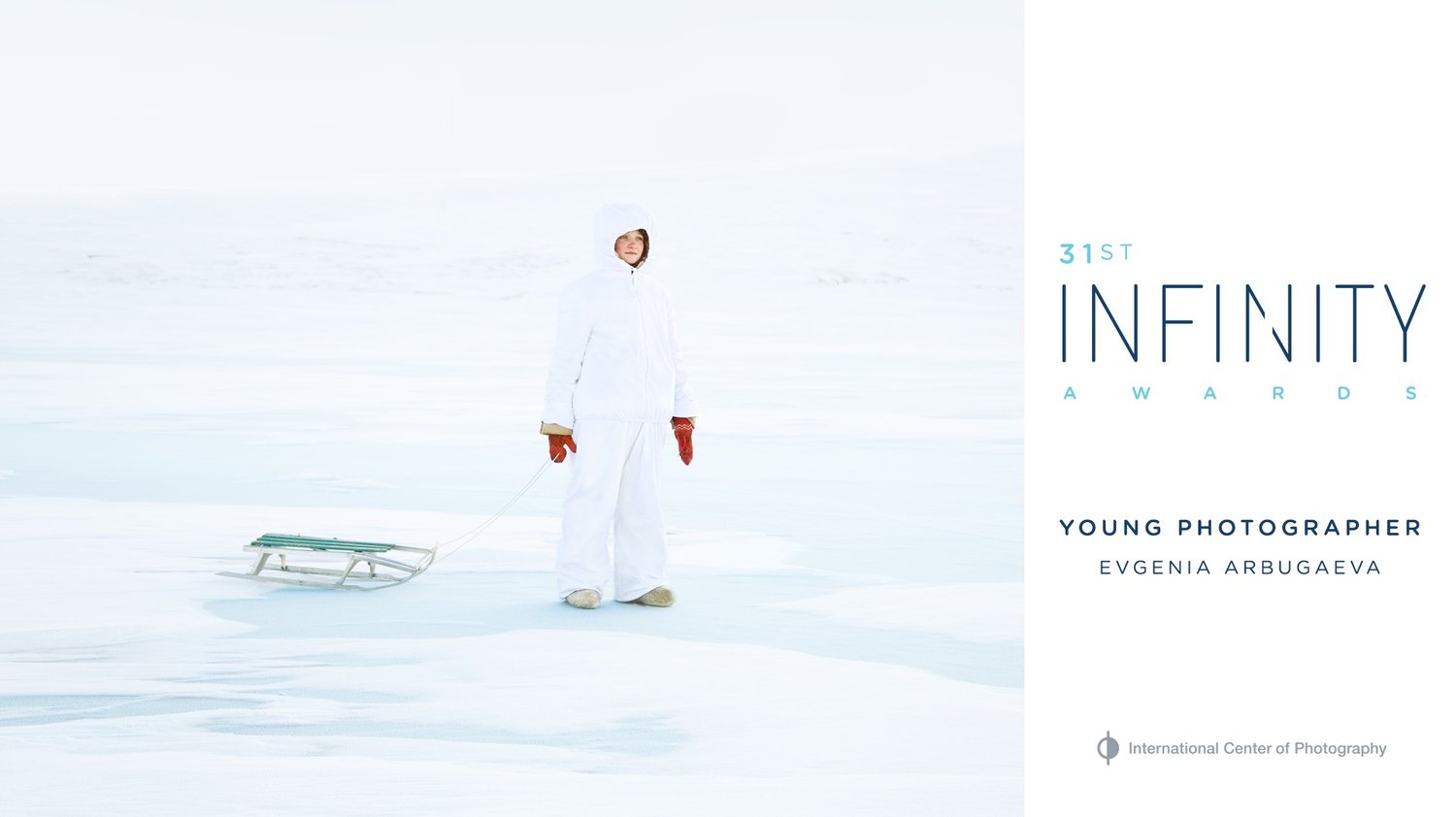
Evgenia Arbugaeva was born in the magical town of Tiksi, Russia. This barren, arctic landscape influenced Arbugaeva in almost every aspect of her dreamlike photography.
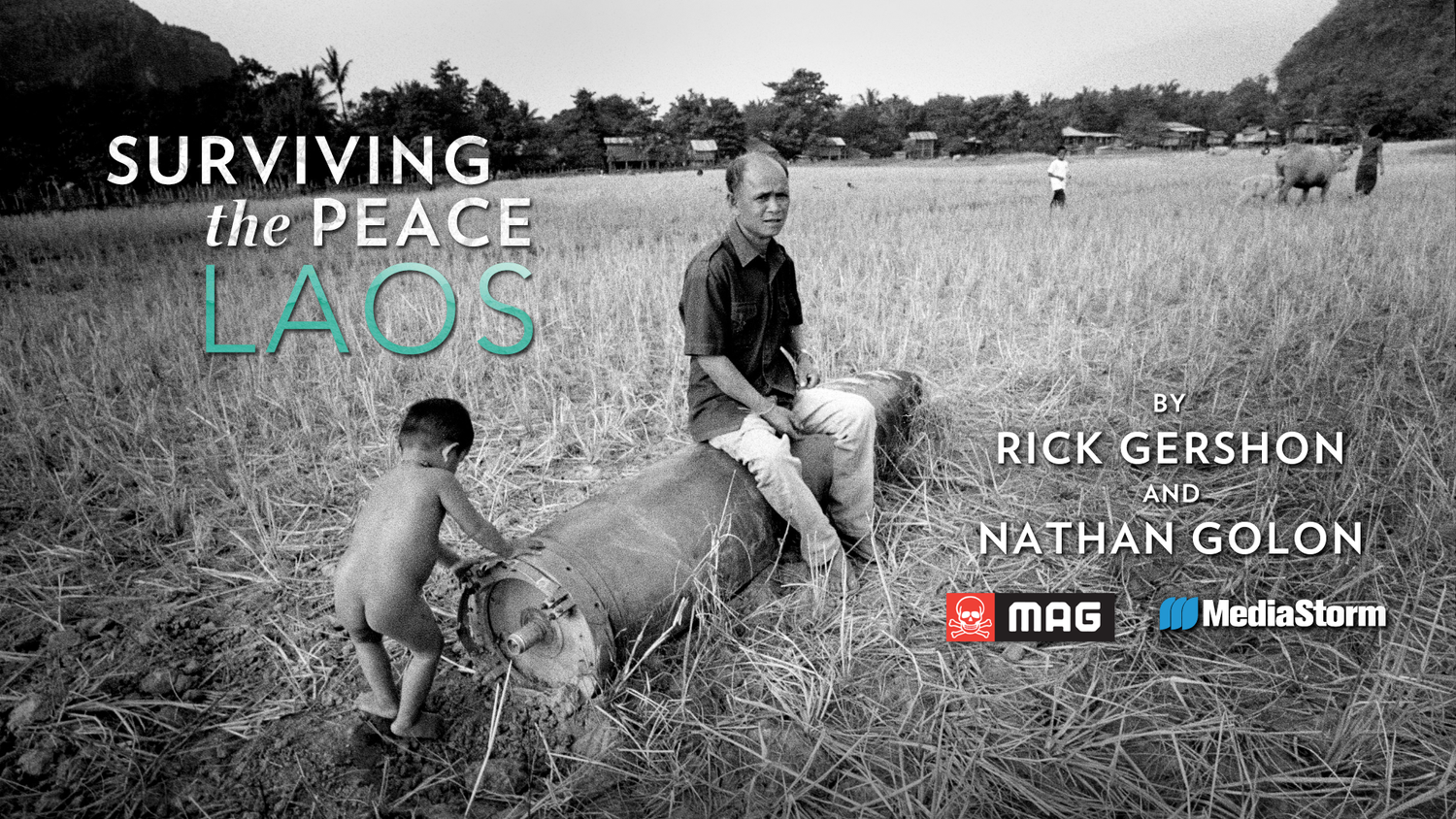
Surviving the Peace: Laos takes an intimate look at the impact of unexploded bombs left over from the Vietnam war in Laos and profiles the dangerous, yet life saving work, that MAG has undertaken in the country.
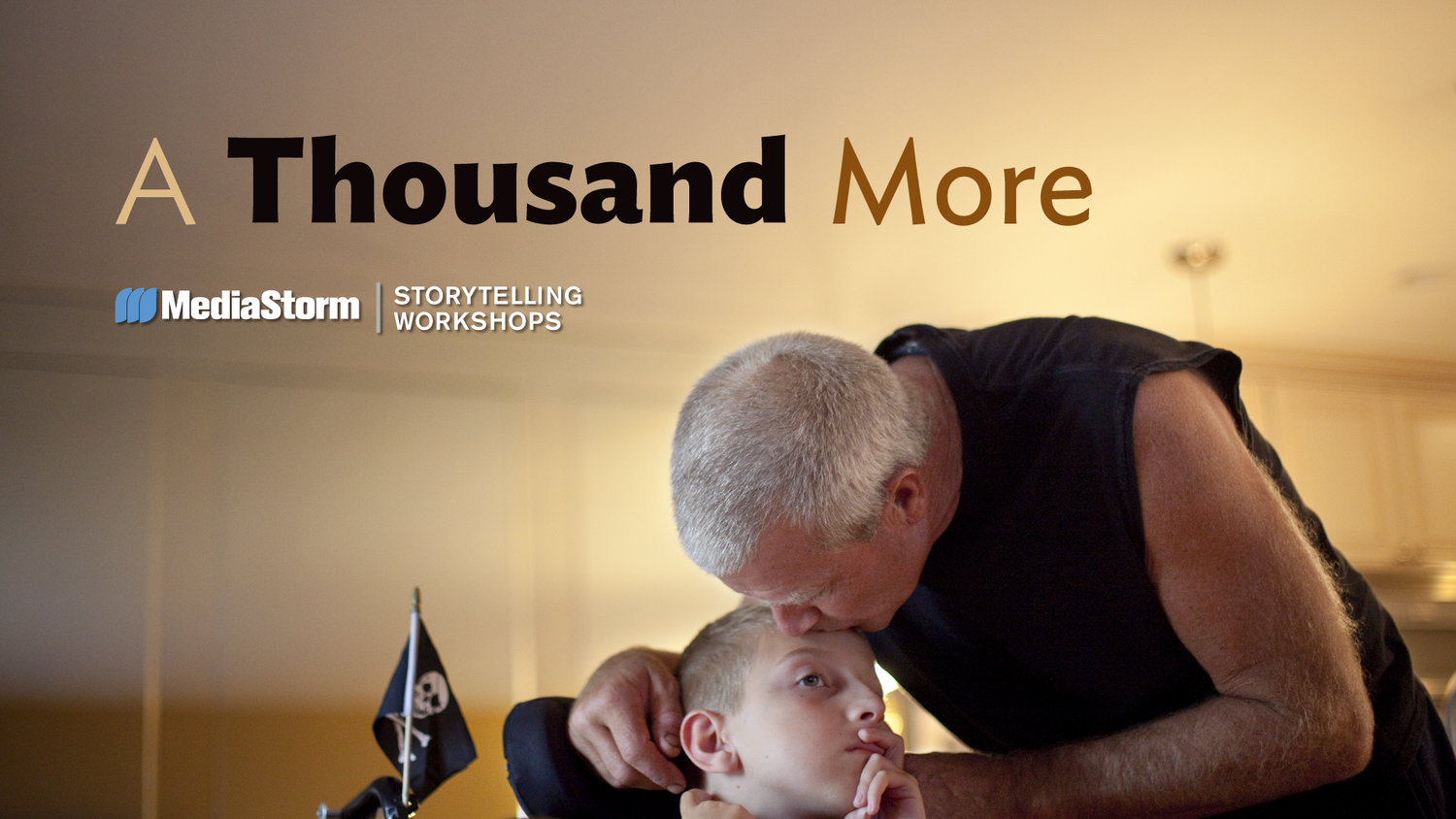
A family is determined to give their disabled son a whole and vital life. In the midst of a great burden, one small child – with a seemingly endless supply of love – is the blessing that holds a family together.

Inspired by the photographs of the Farm Security Administration growing up, Lynn Johnson has spent nearly 35 years as a photojournalist working for LIFE, National Geographic, Sports Illustrated and various foundations.
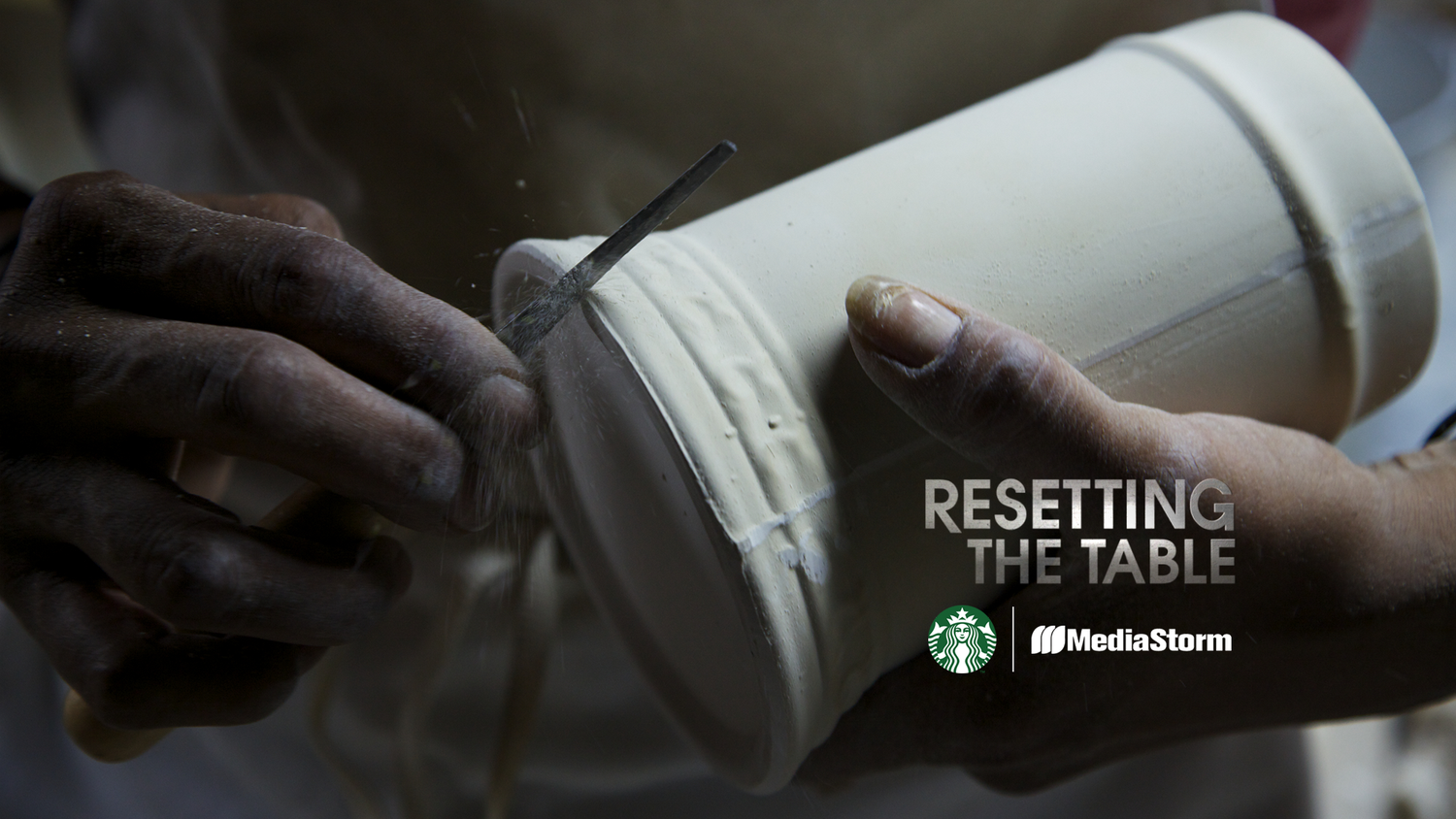
Resetting the Table takes a unique, personal look at the impact Starbucks’ Create Jobs for USA program has had on the American Mug & Stein pottery facility in East Liverpool, Ohio.
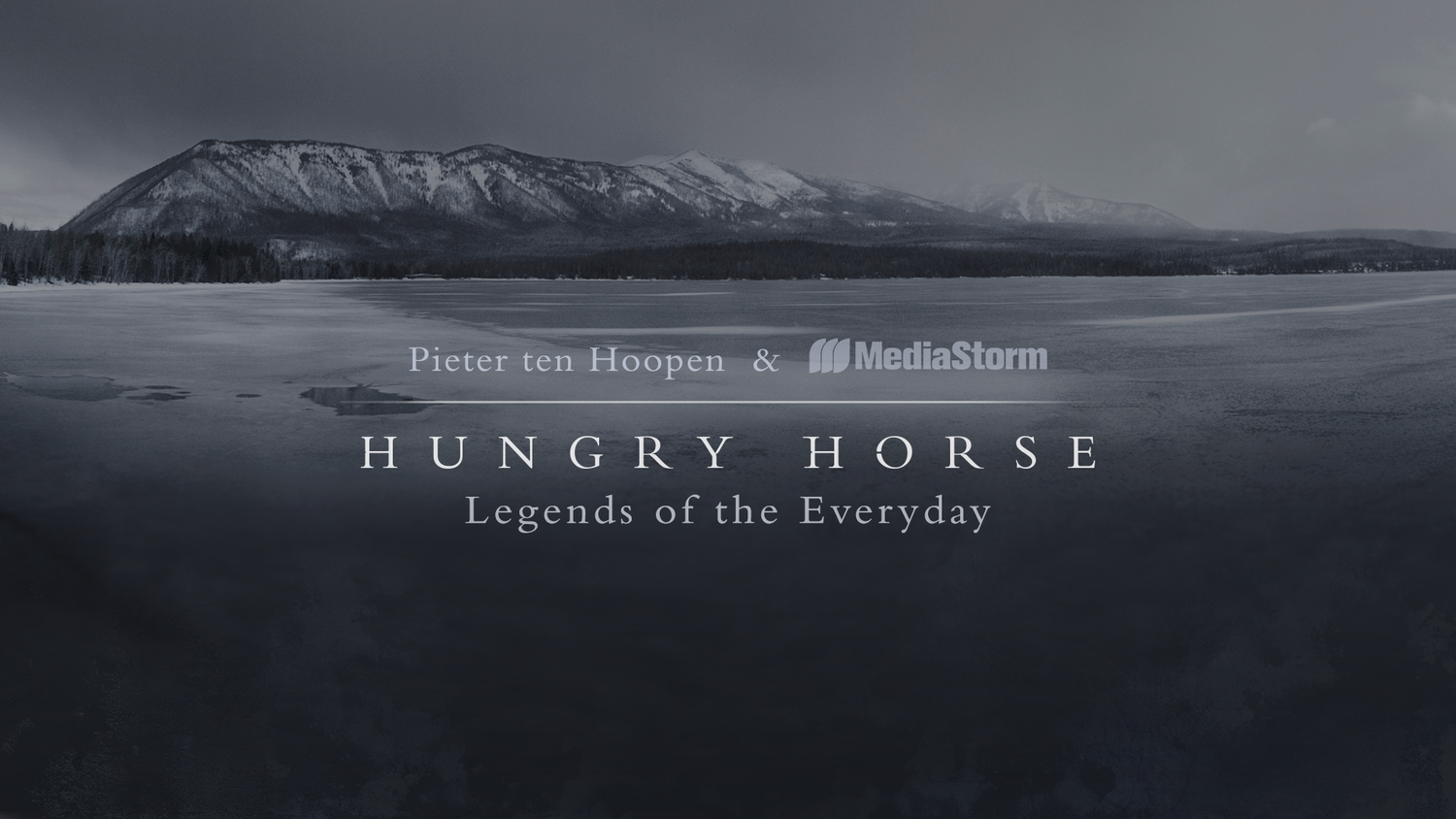
Hungry Horse captures the spirit of renewal, peace and serenity through stunning landscapes and intimate oral histories.
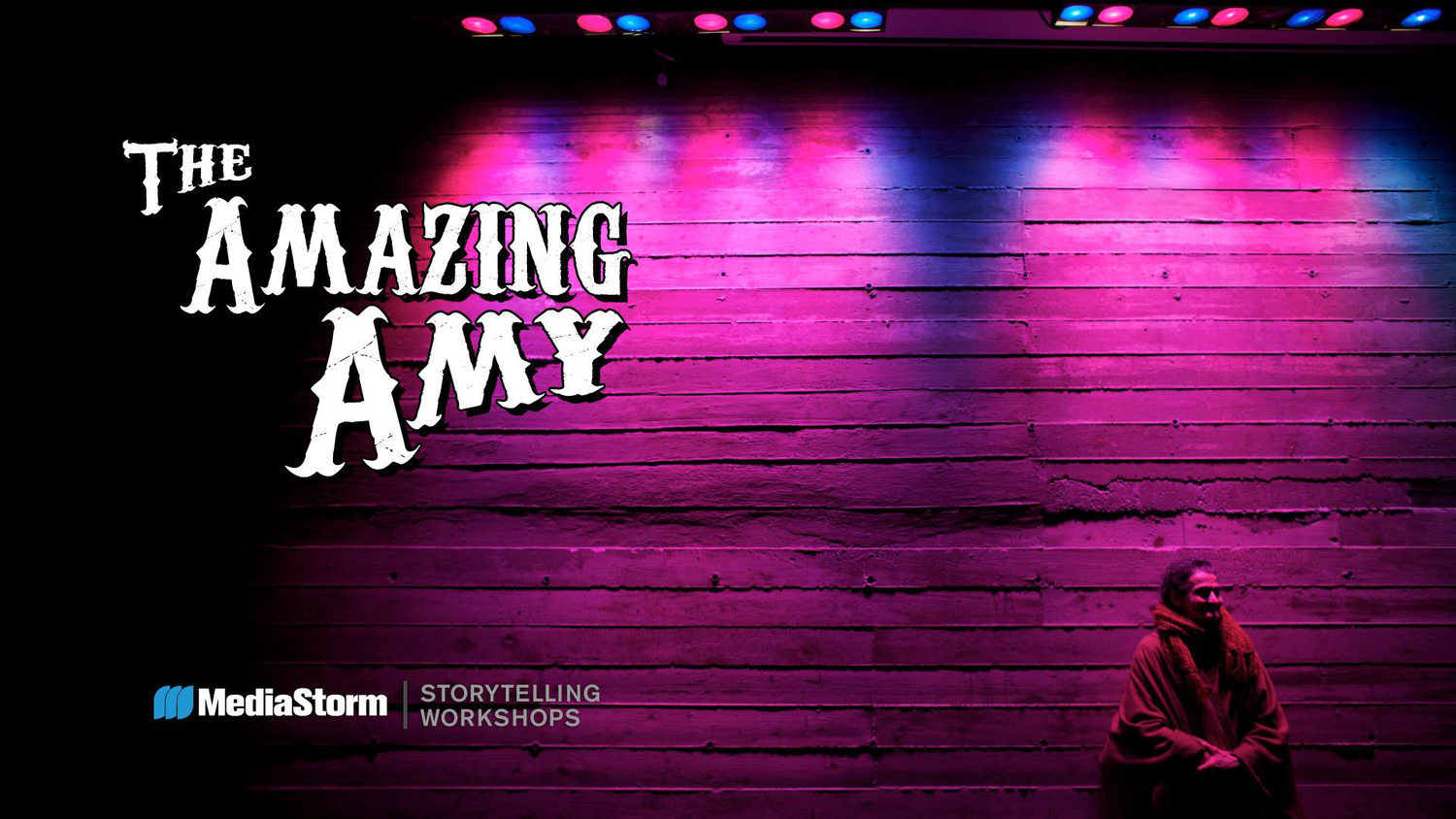
Using humor and a love of fantasy, "The Amazing Amy" Harlib connects with audiences through performing strenuous yoga-based contortion acts in New York City.
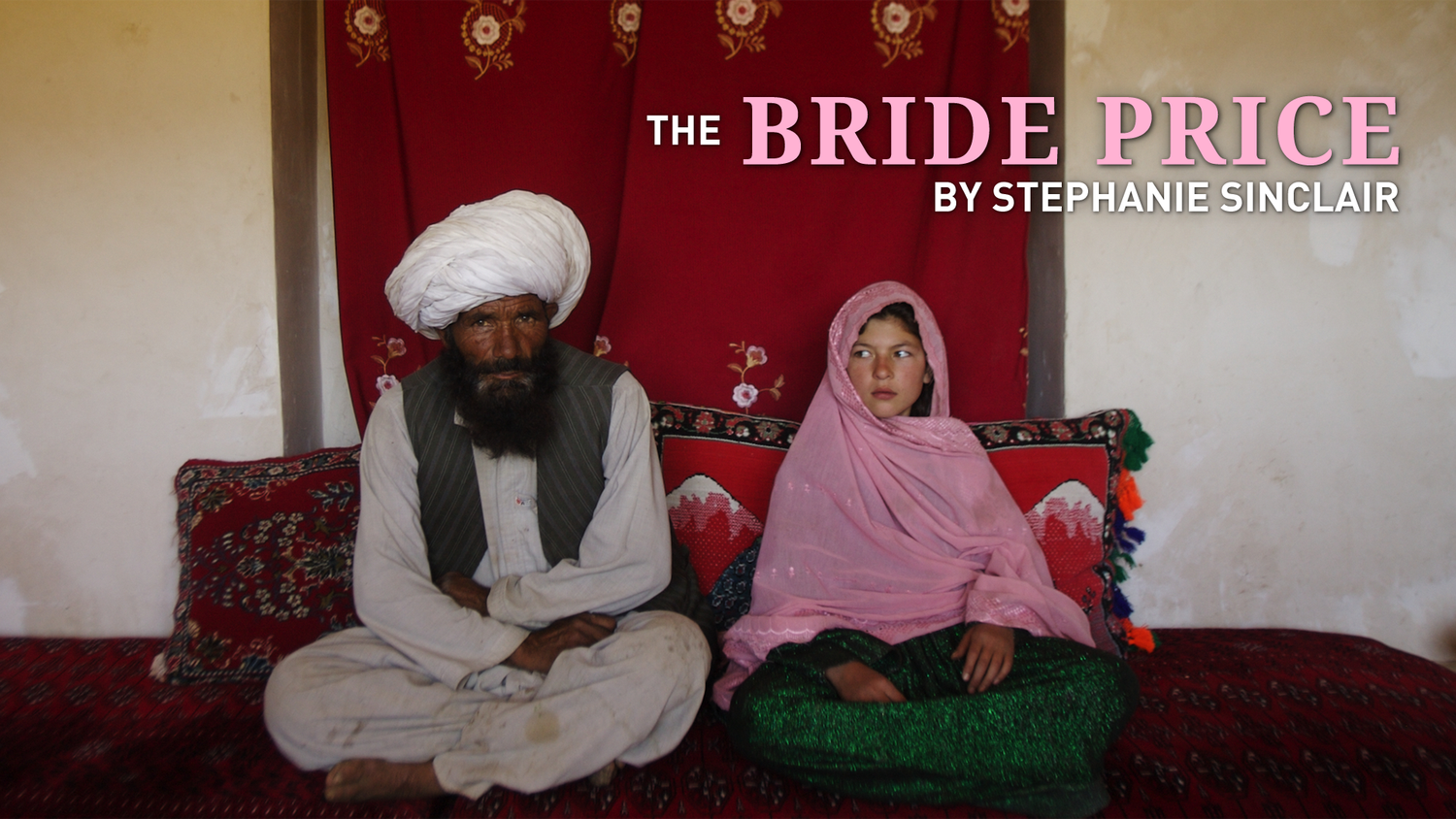
In many countries, girls as young as eight are forced into marriage by their families, culture and economic situation. This practice destroys their chance at education leading to tragic results.
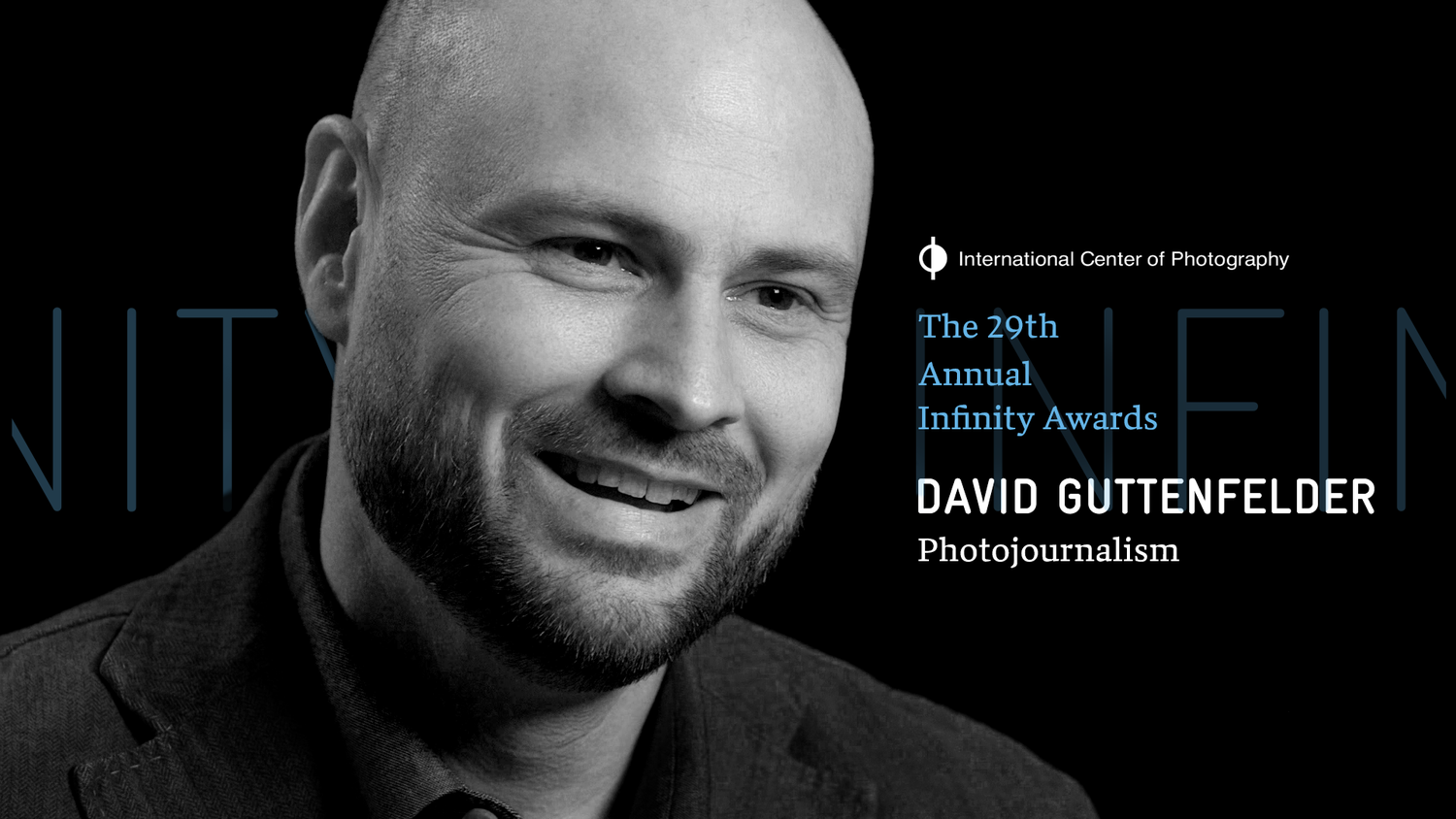
Surreal and mysterious, North Korea was a black hole to outsiders wanting a glimpse of the country. That all changed in 2012, when AP photographer David Guttenfelder led the opening of the bureau's newest office inside the North Korea.
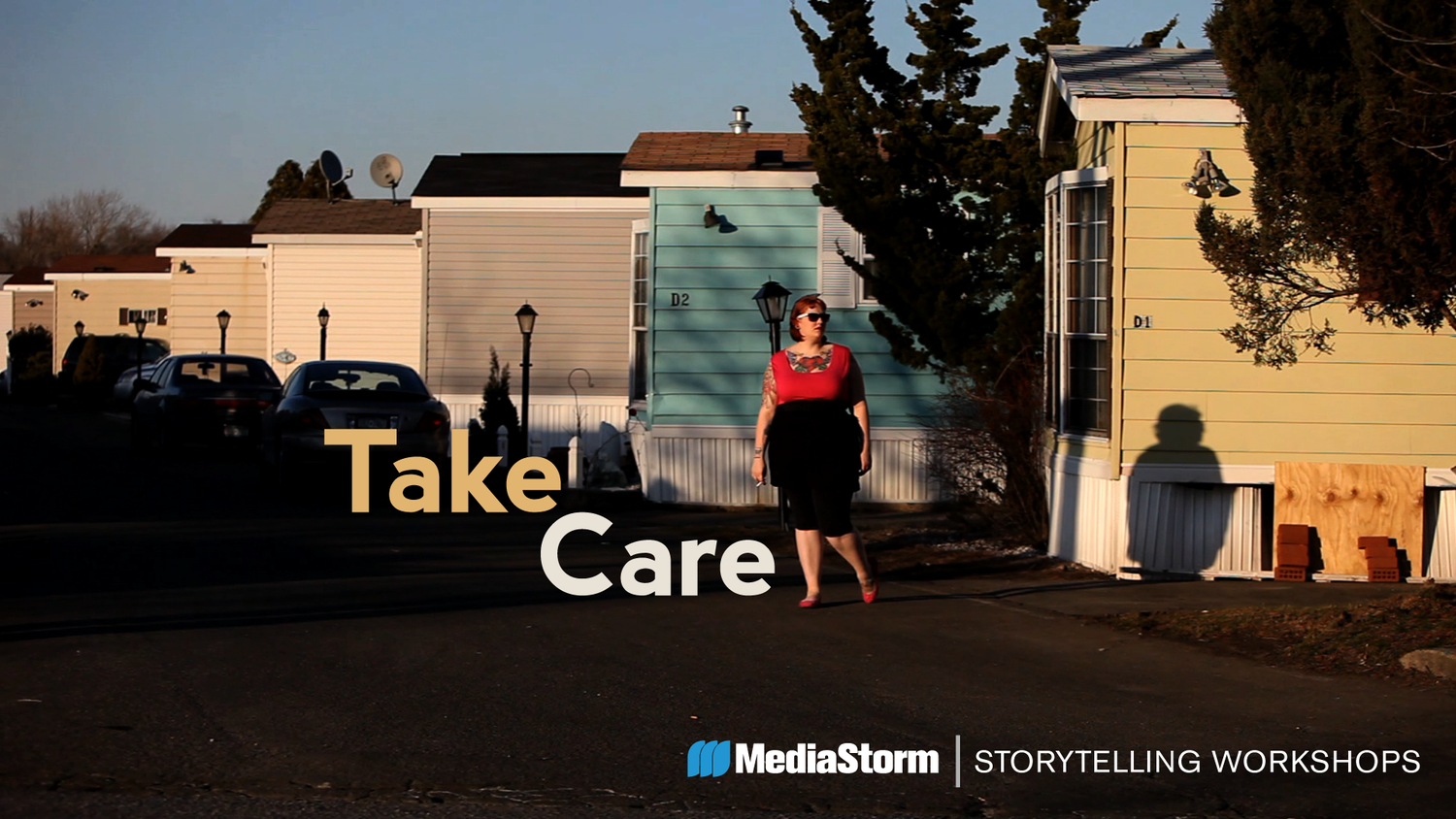
Virginia Gandee's brilliant red hair and dozen tattoos belie the reality of this 22-year-old's life. Inside her family's Staten Island trailer her caregiving goes far beyond the love she has for her daughter.
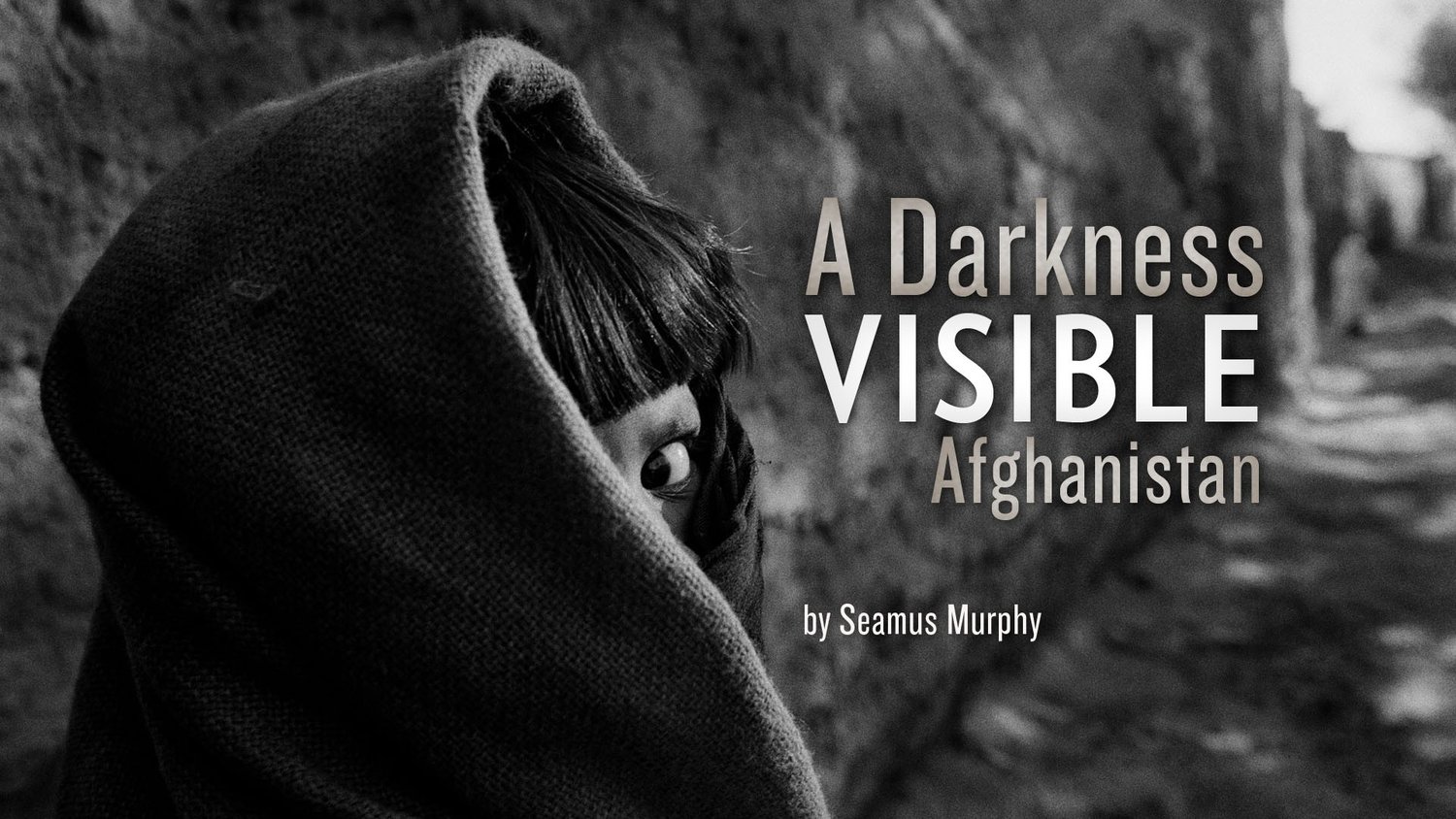
Based on 14 trips to Afghanistan between 1994 and 2010, A Darkness Visible: Afghanistan is the work of photojournalist Seamus Murphy. His work chronicles a people caught time and again in political turmoil, struggling to find their way.
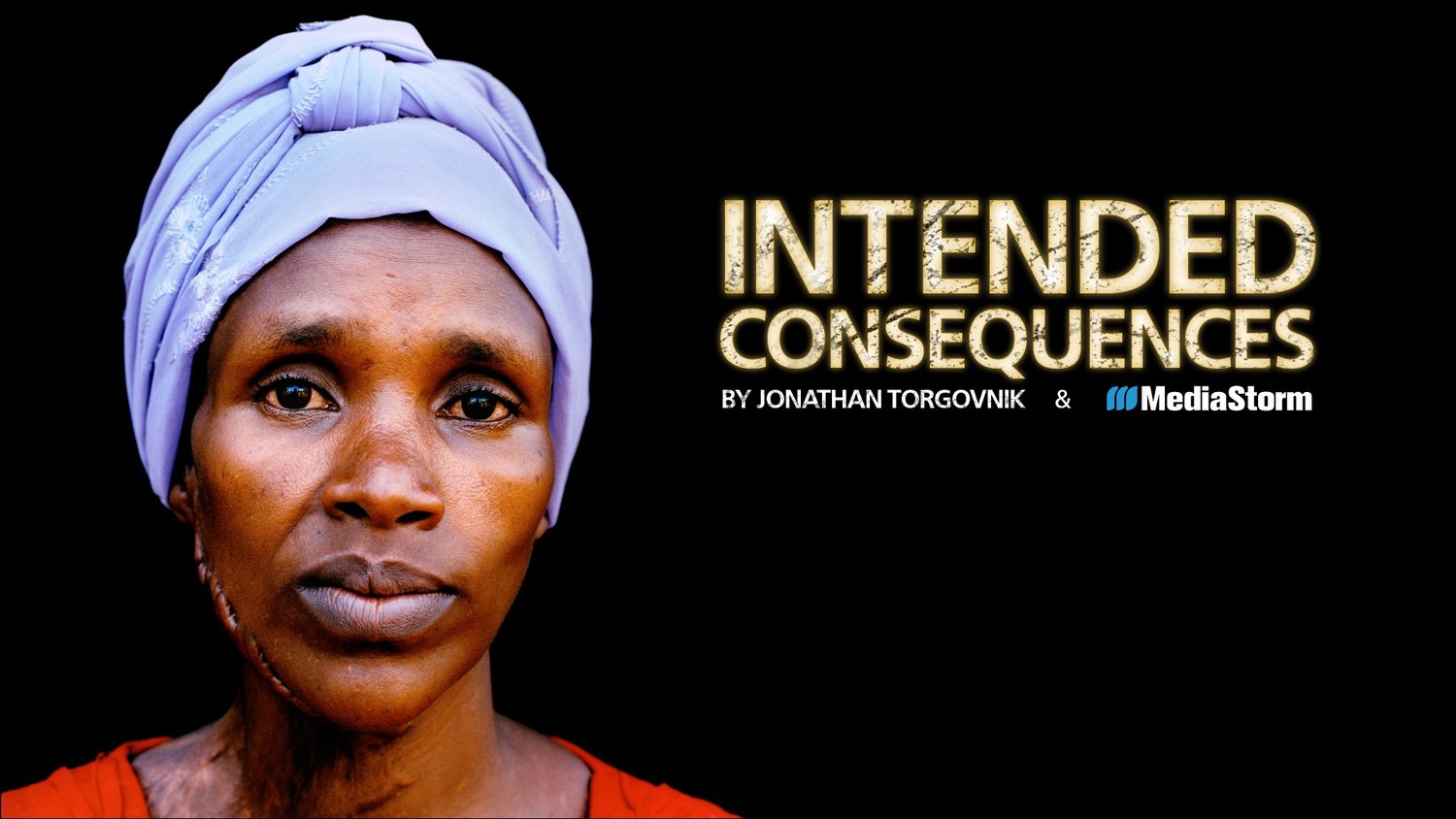
In Rwanda, in 1994, Hutu militia committed a bloody genocide, murdering one million Tutsis. Many of the Tutsi women were spared, only to be held captive and repeatedly raped. Many became pregnant. Intended Consequences tells their stories.
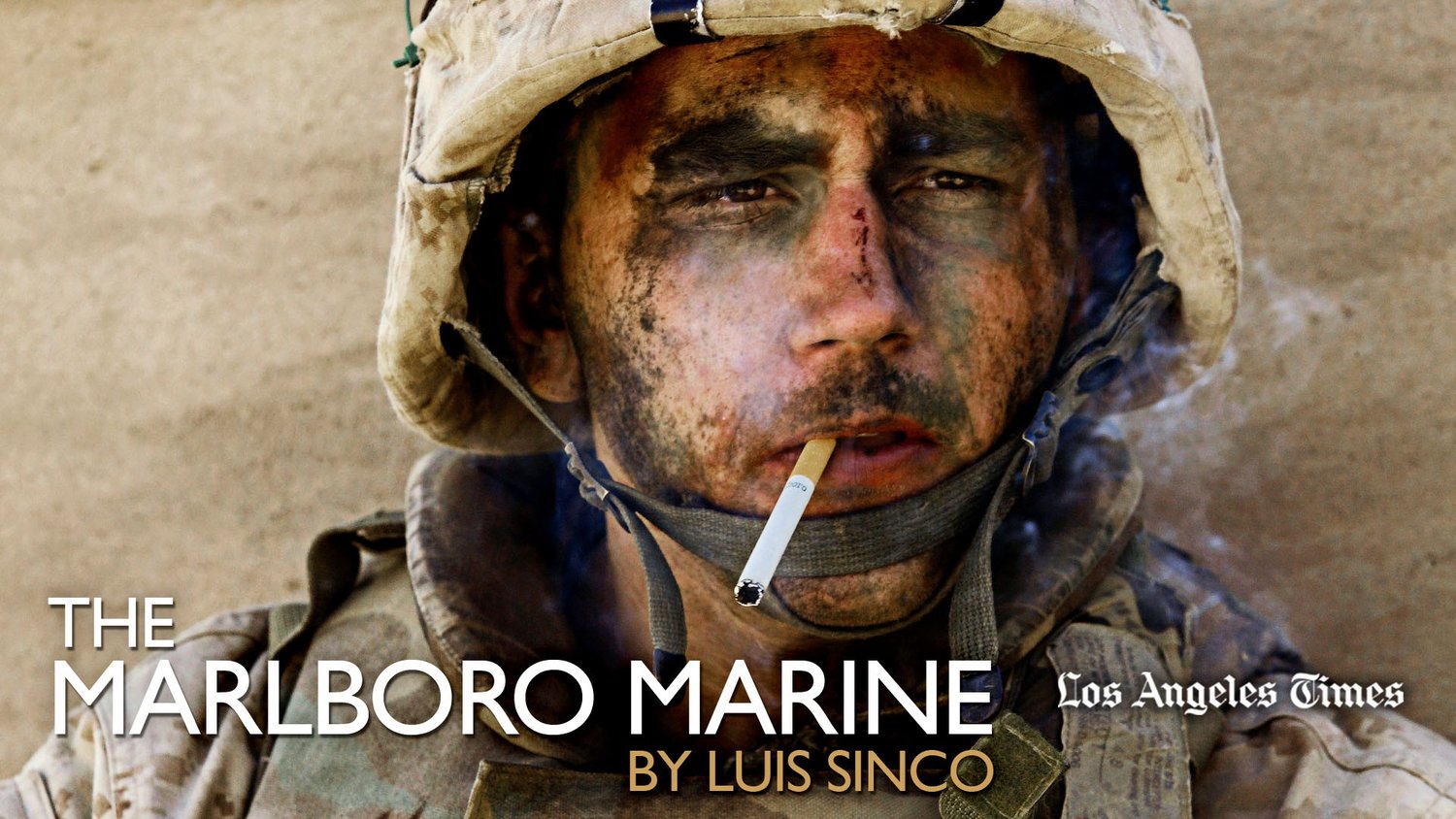
To those who serve in the armed forces, what is the aftereffect of war? The Marlboro Marine is photographer Luis Sinco's portrait of Marine Corporal James Blake Miller, whom he met in Iraq. For Miller, coming home has been its own battle.
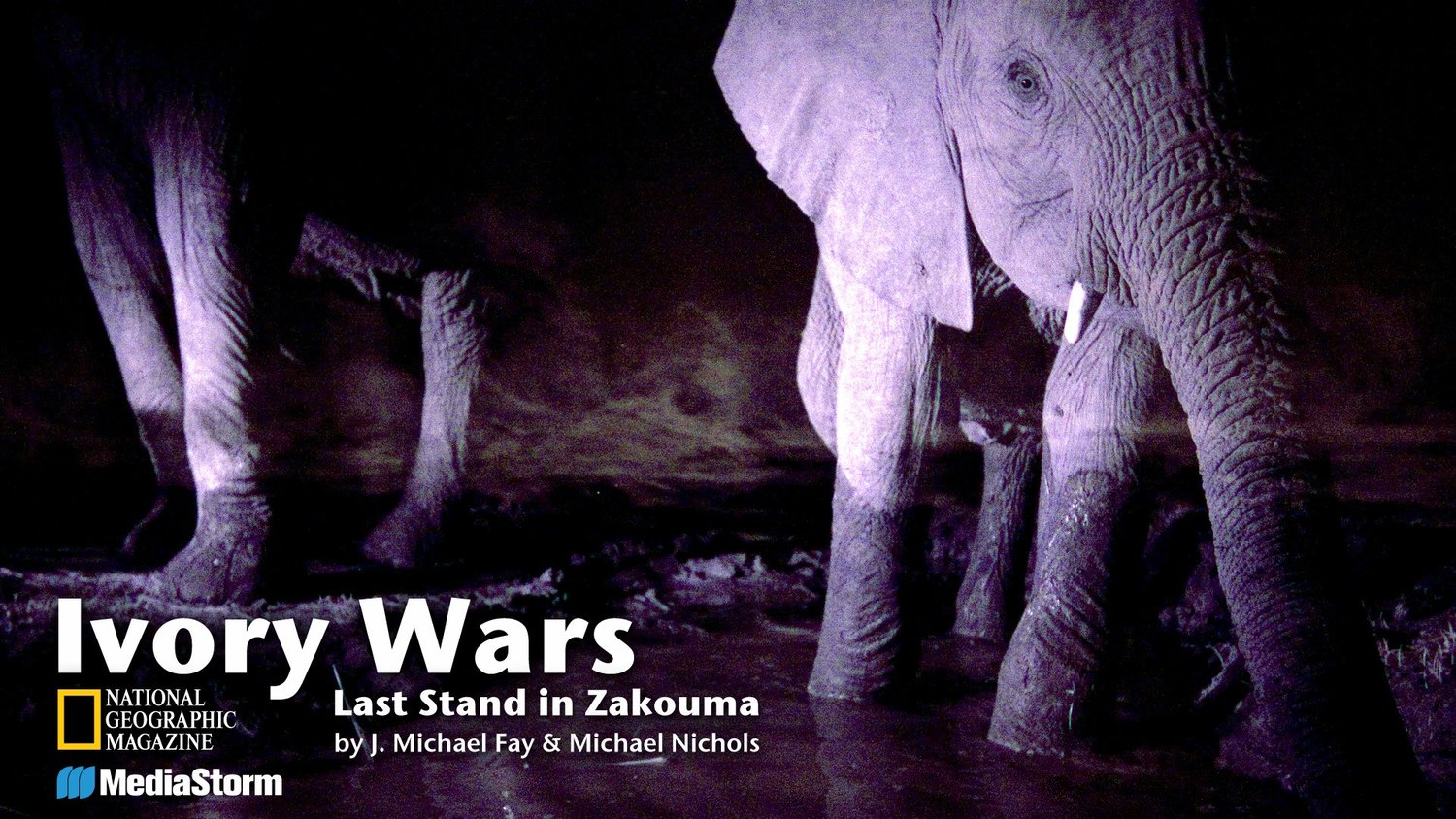
Zakouma National Park is one of the last places on earth where elephants still roam by the thousands. In a land where poachers will slaughter the huge animals for their tusks alone, it takes armed guards to keep them safe.
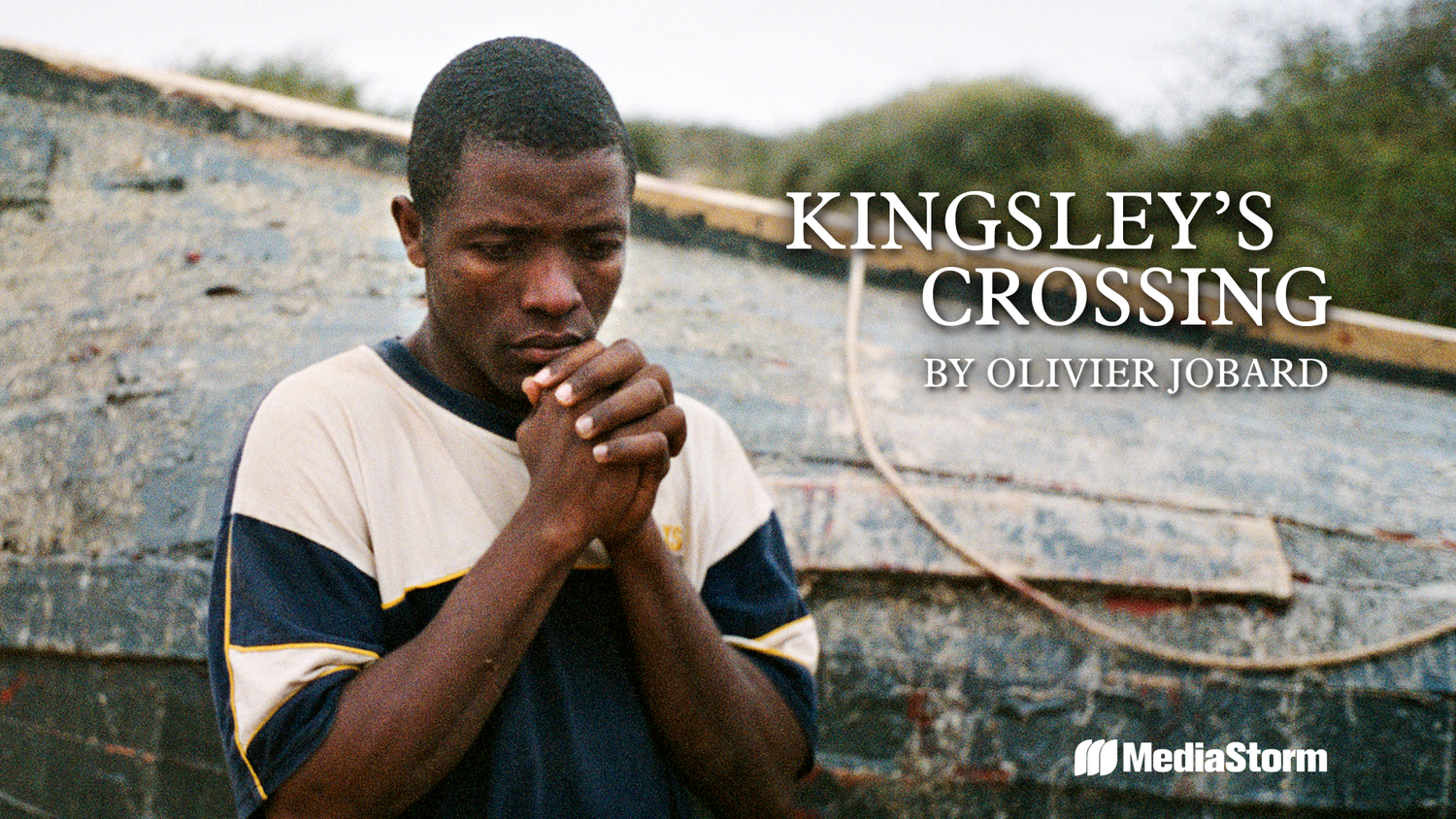
Kingsley's Crossing is the story of one man's dream to leave the poverty of life in Africa for the promised land of Europe. We walk in his shoes, as photojournalist Olivier Jobard accompanies Kingsley on his uncertain and perilous journey.
Collaborate With Us
The MediaStorm Platform is an advanced video platform that extends the user experience beyond linear video to include the interactive capabilities of the Internet.
The MediaStorm Platform is an advanced video platform that extends the user experience beyond linear video to include the interactive capabilities of the Internet.
Follow MediaStorm
Copyright 2025 MediaStorm, LLC | Terms & Conditions | Privacy | Contact

